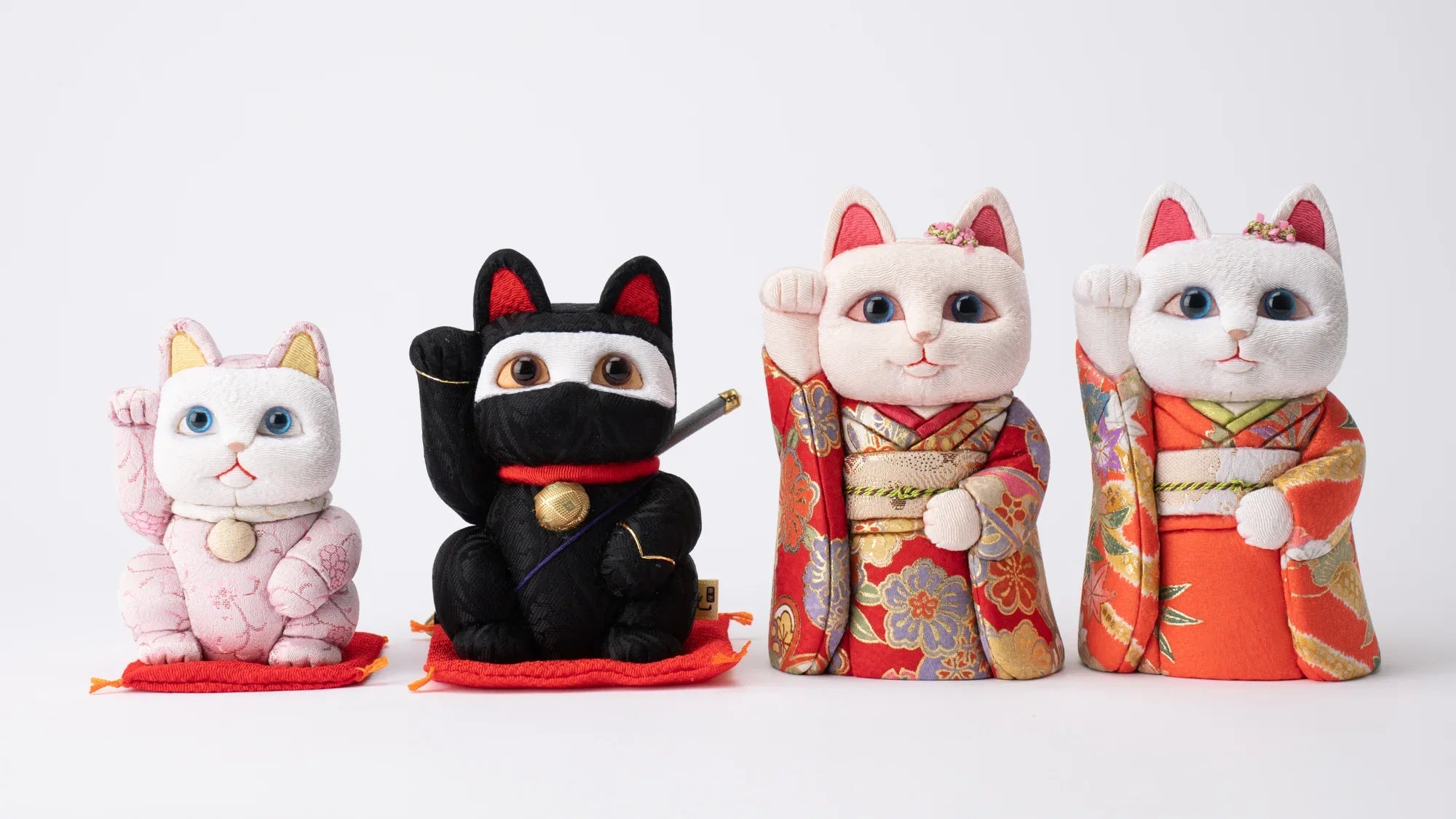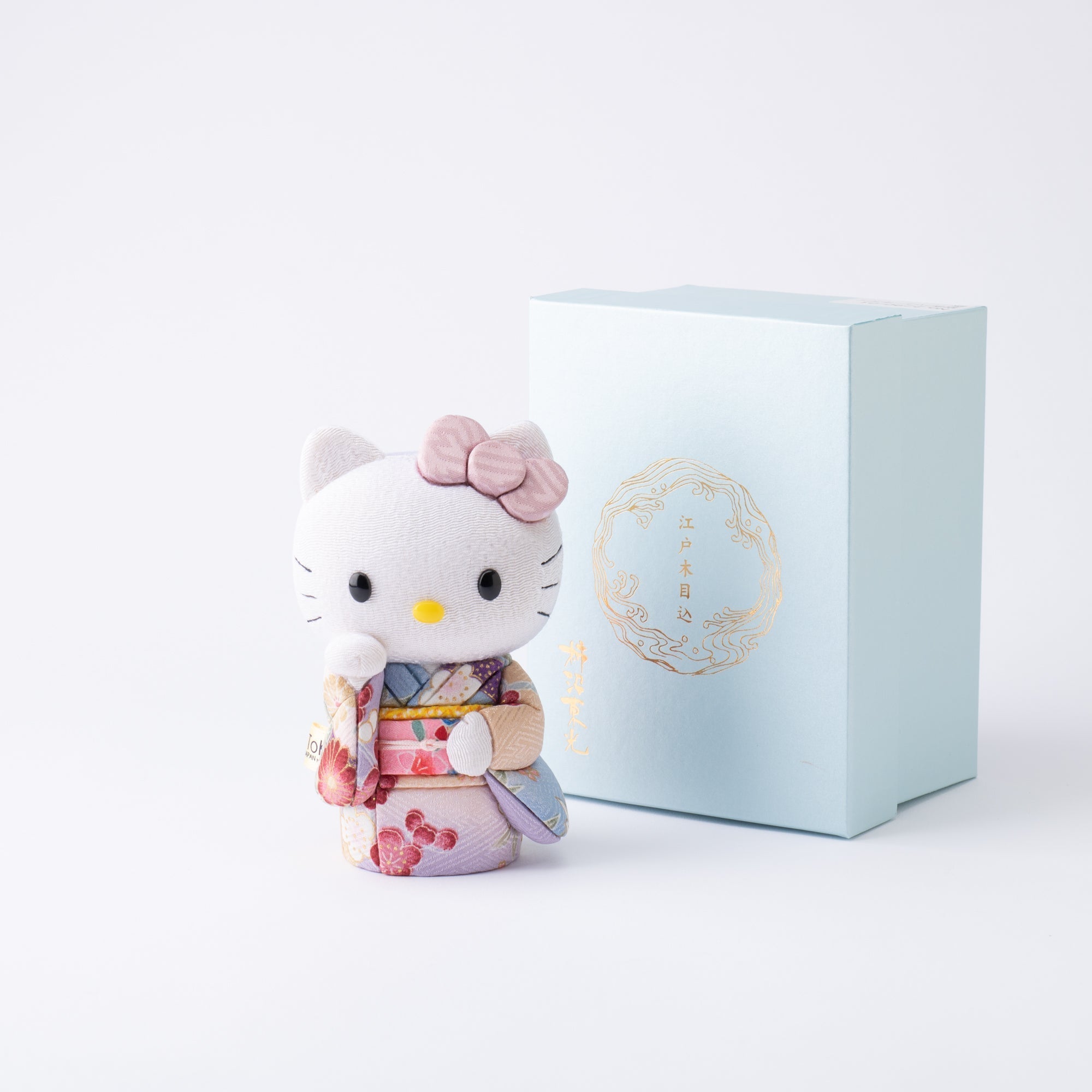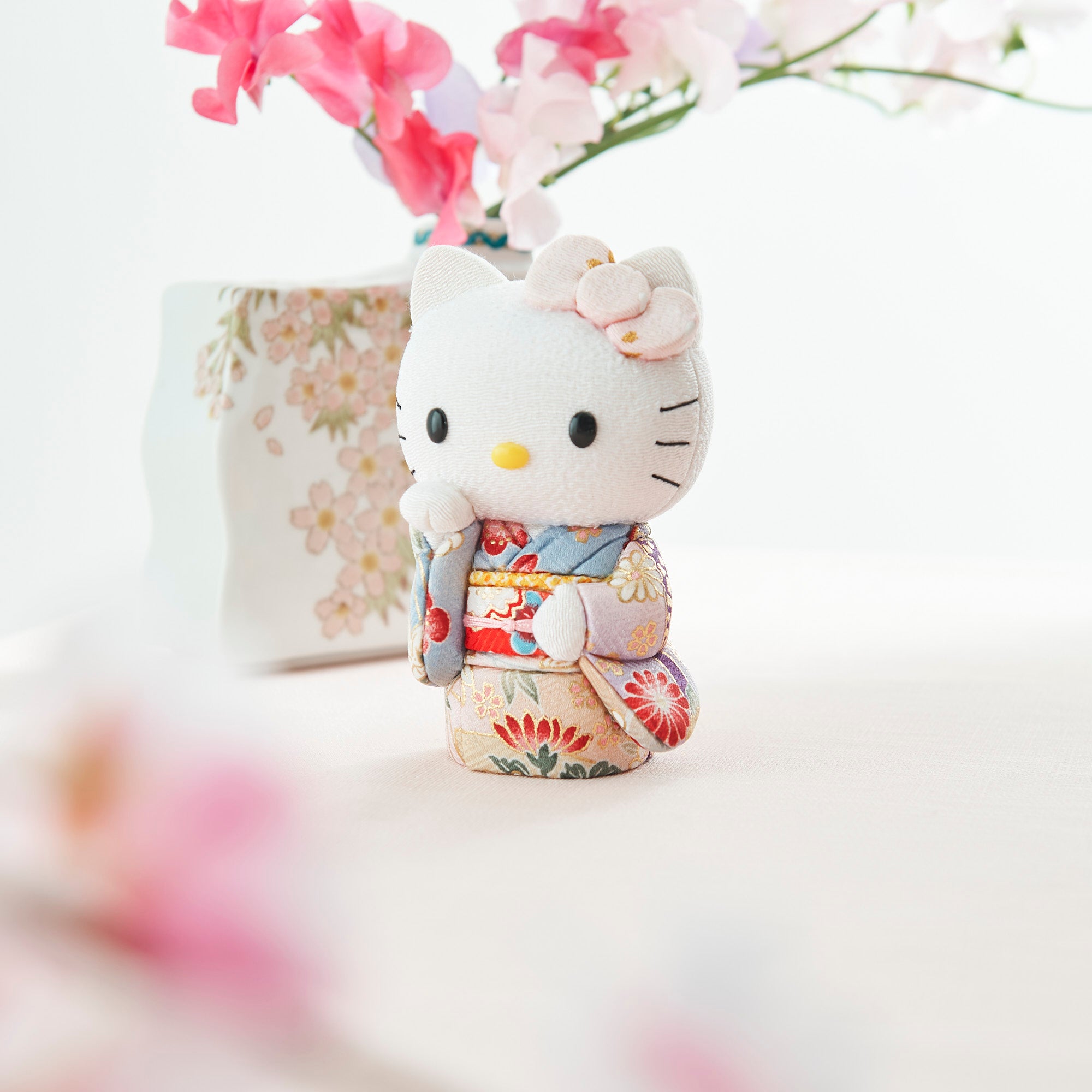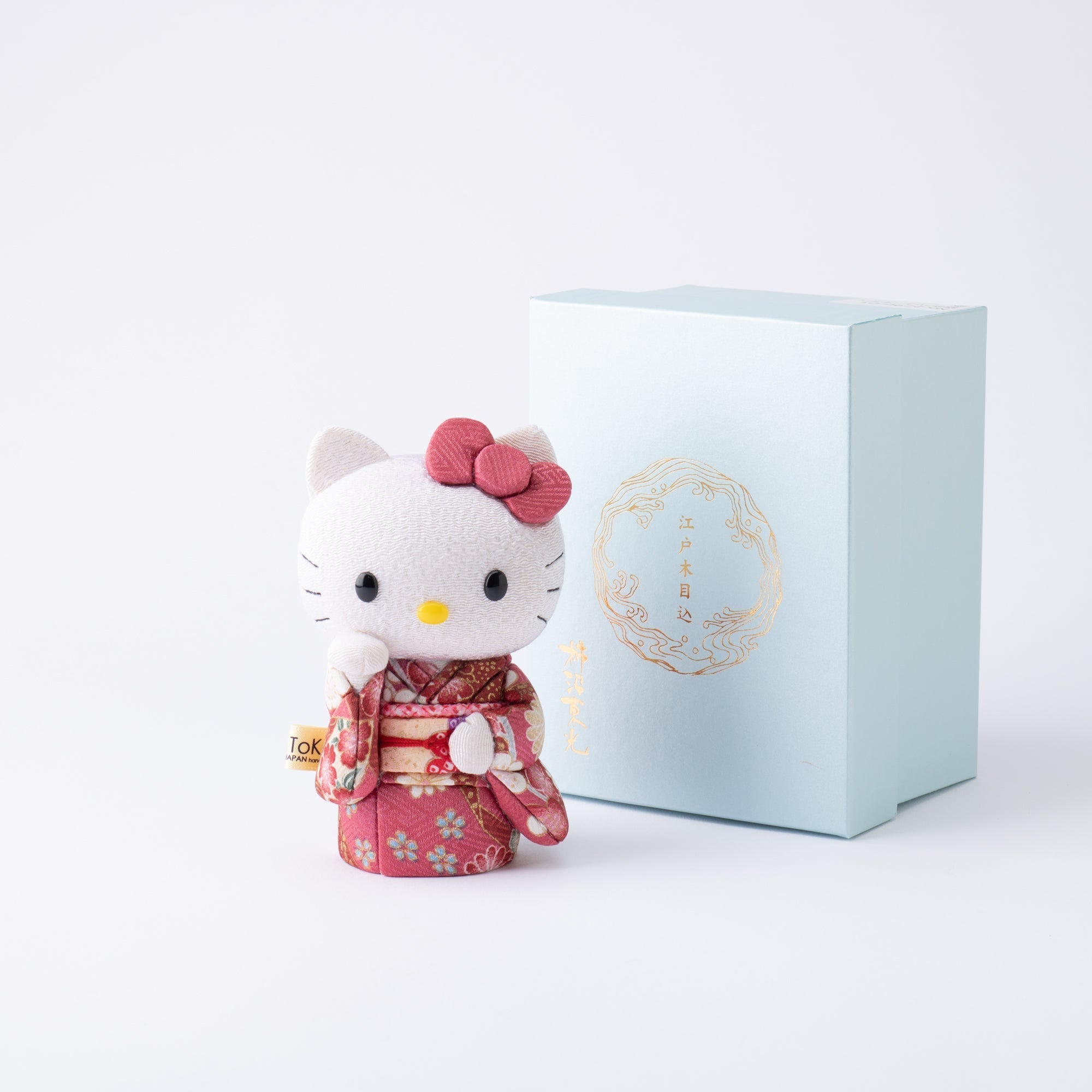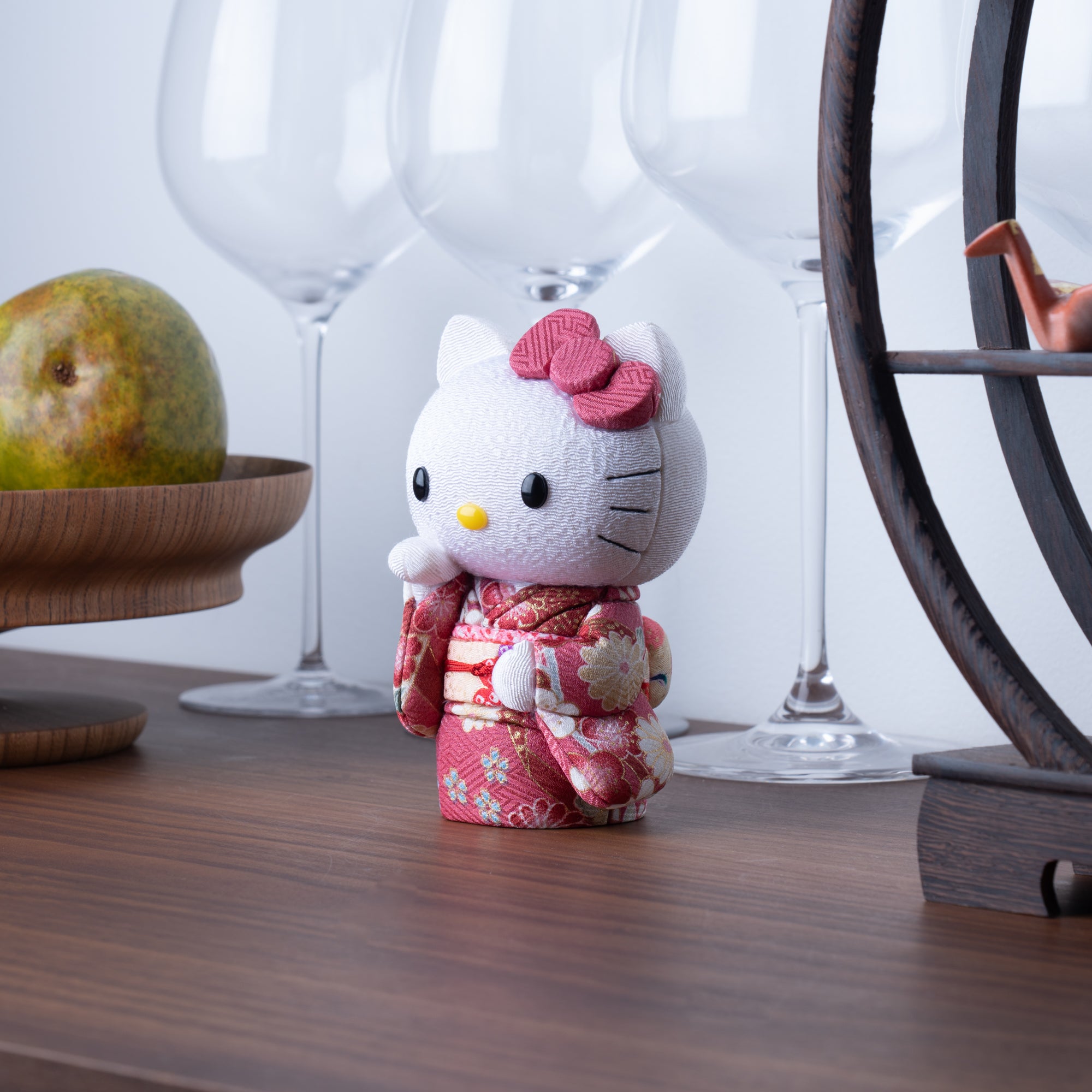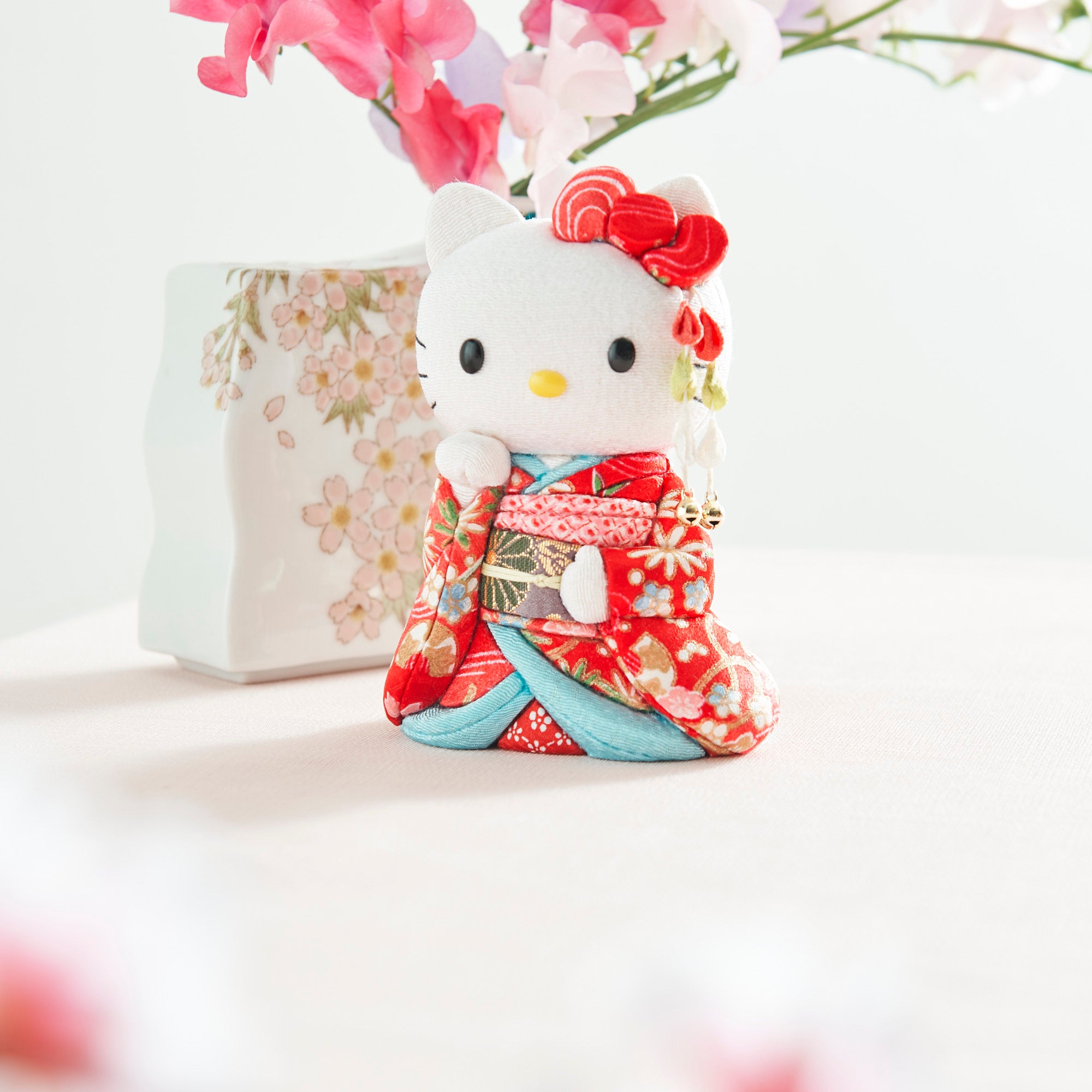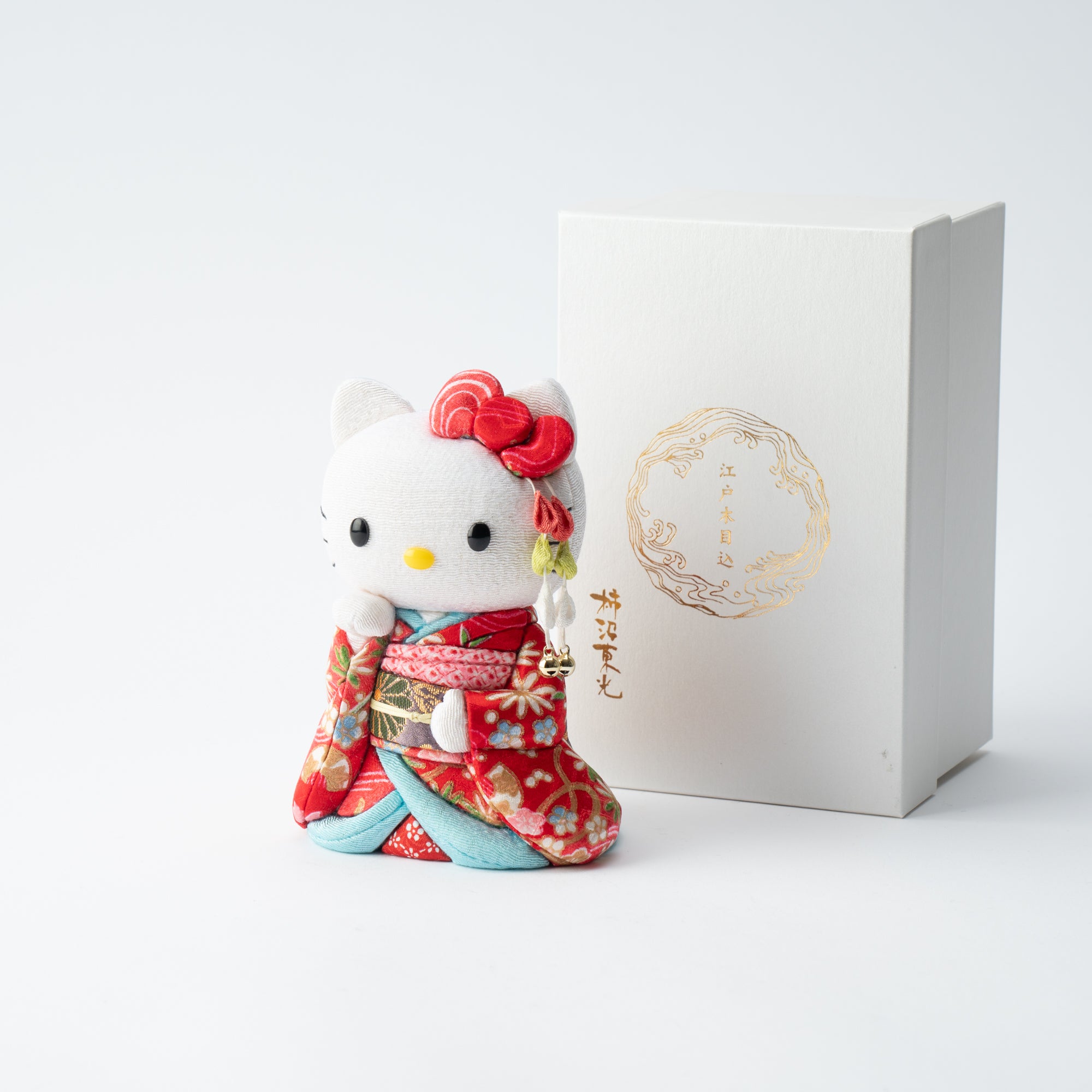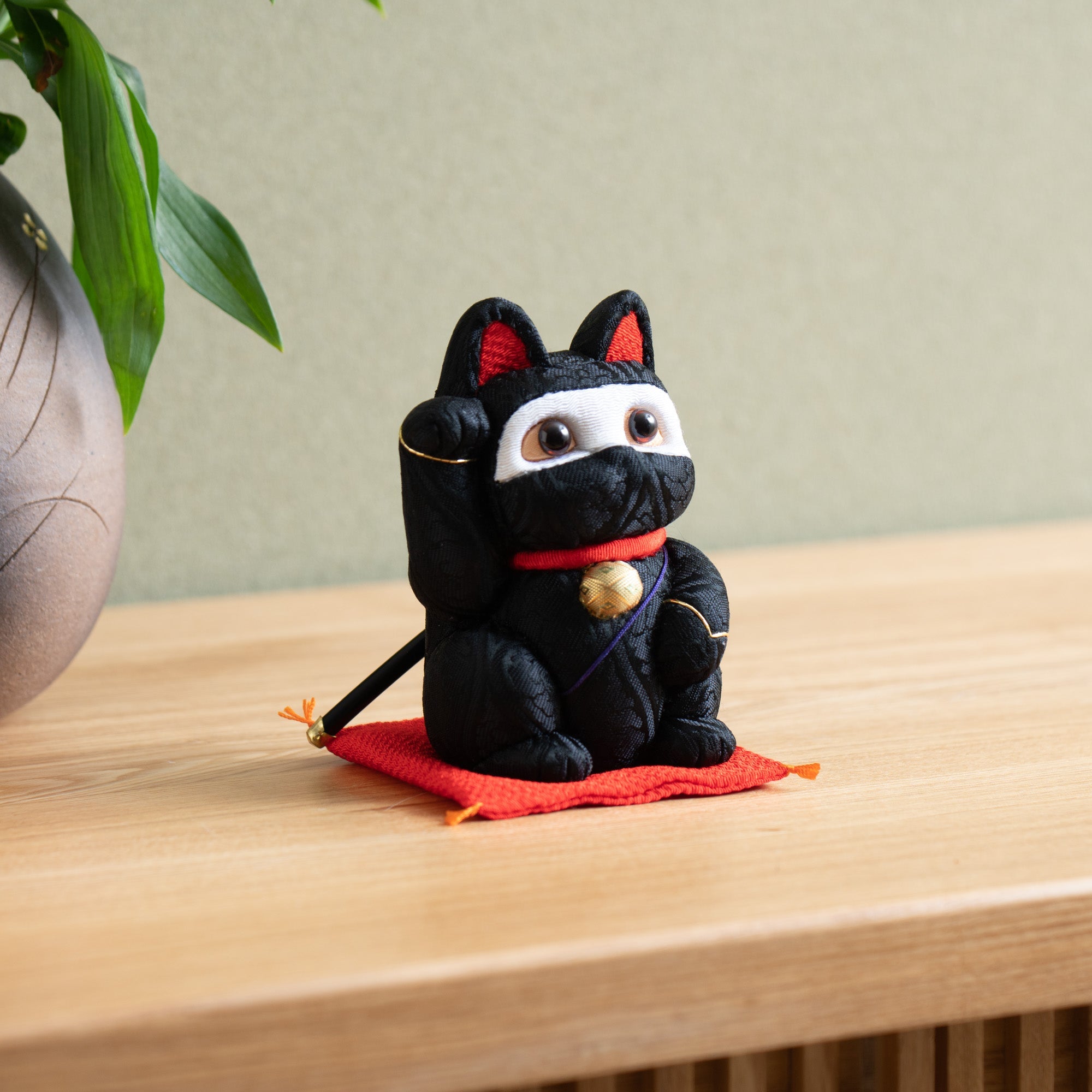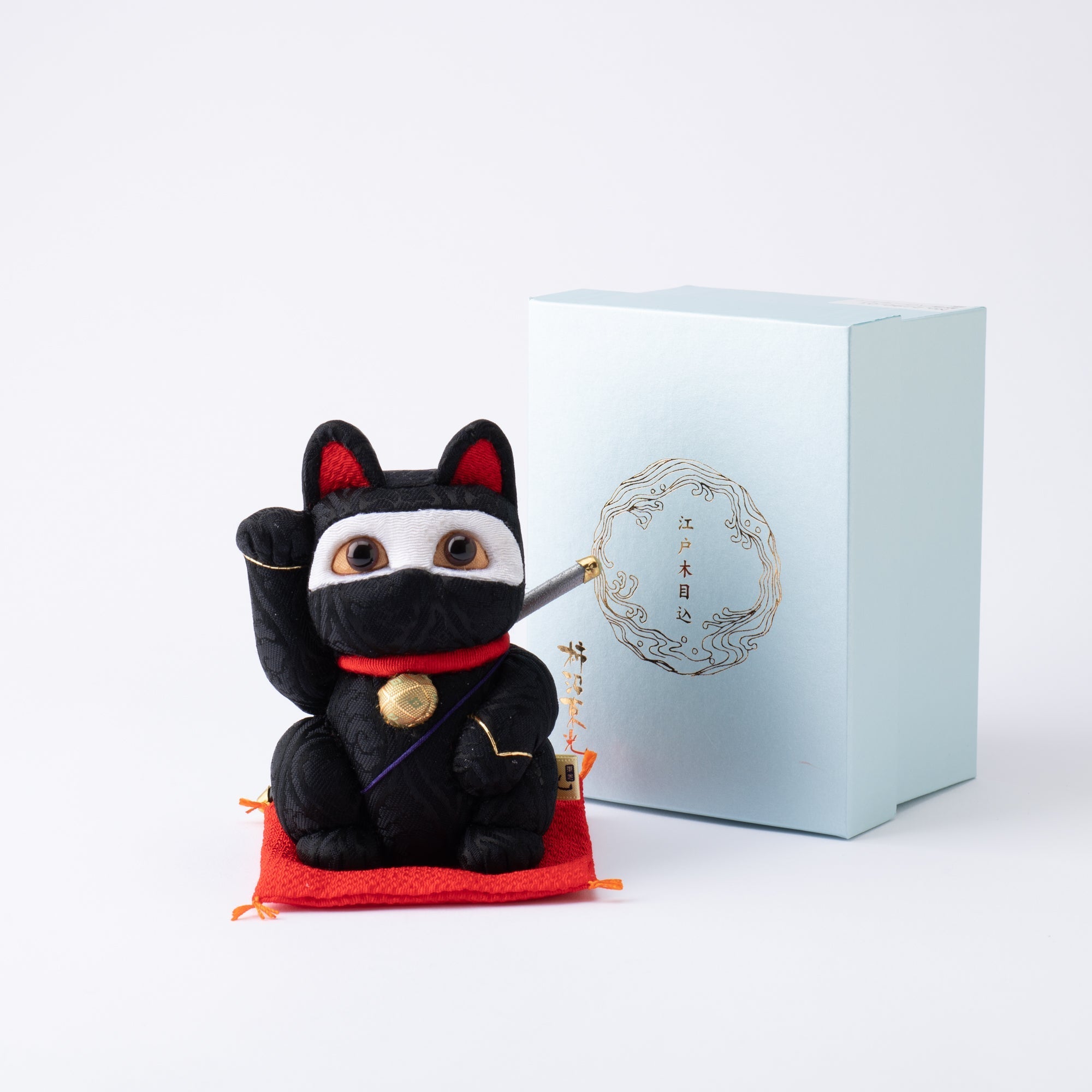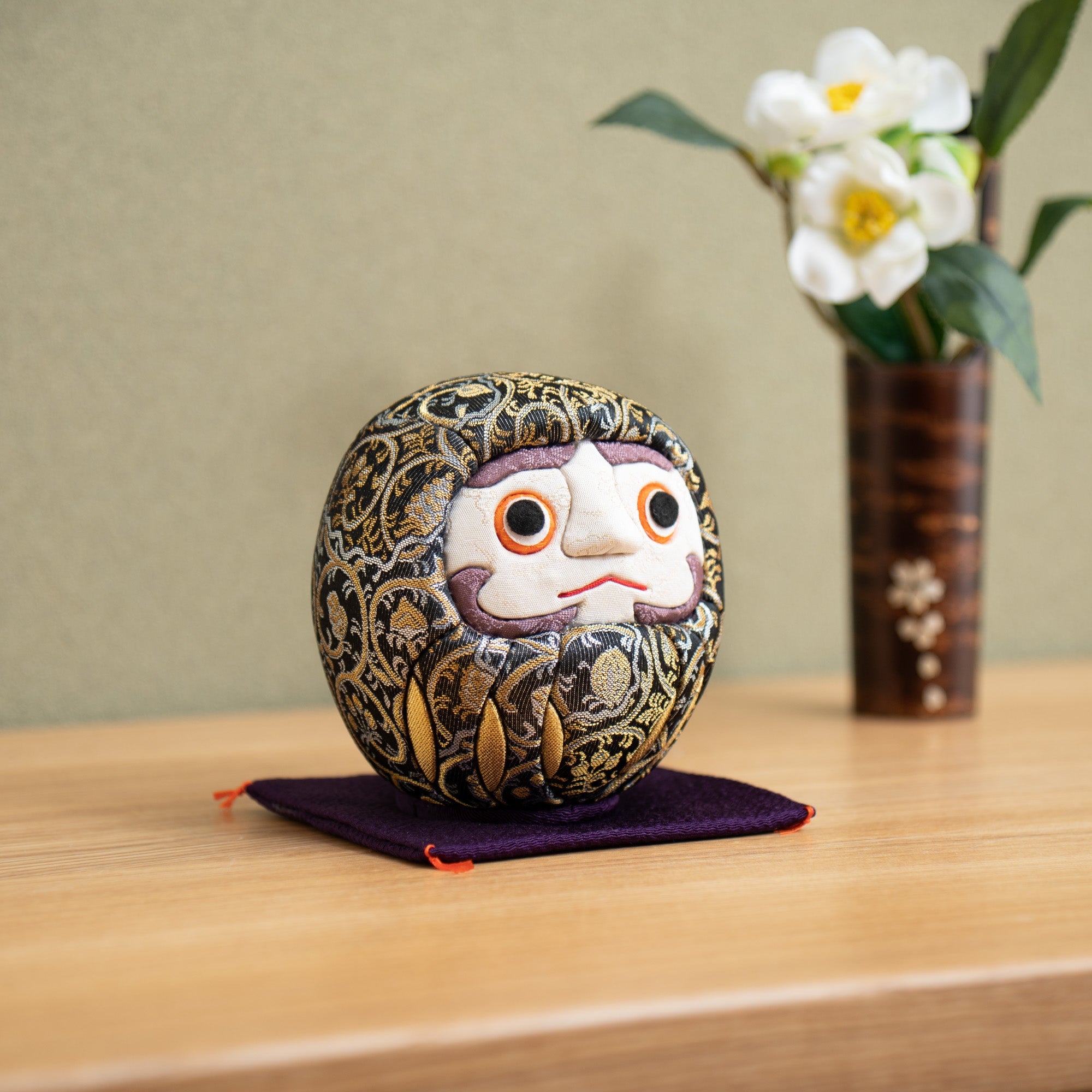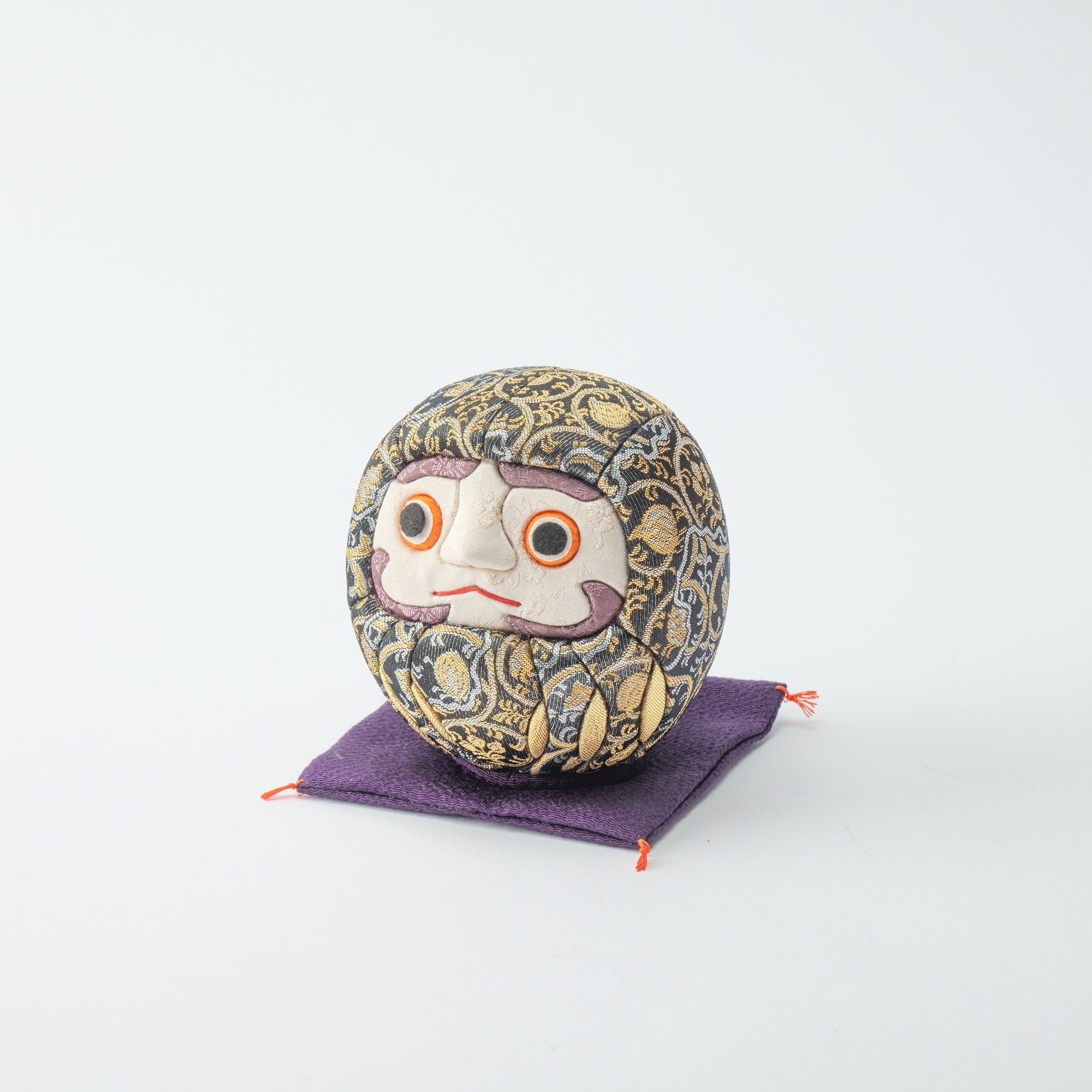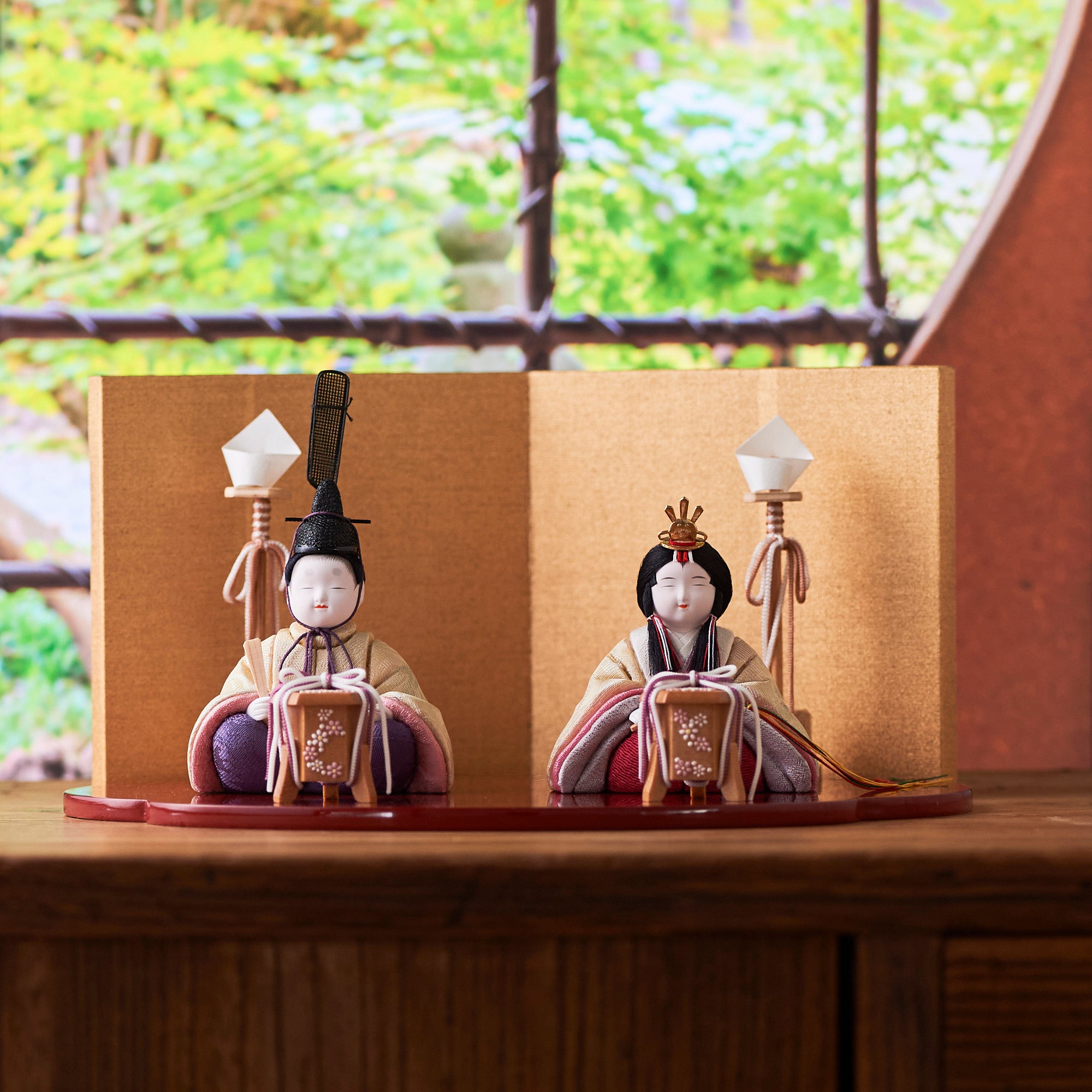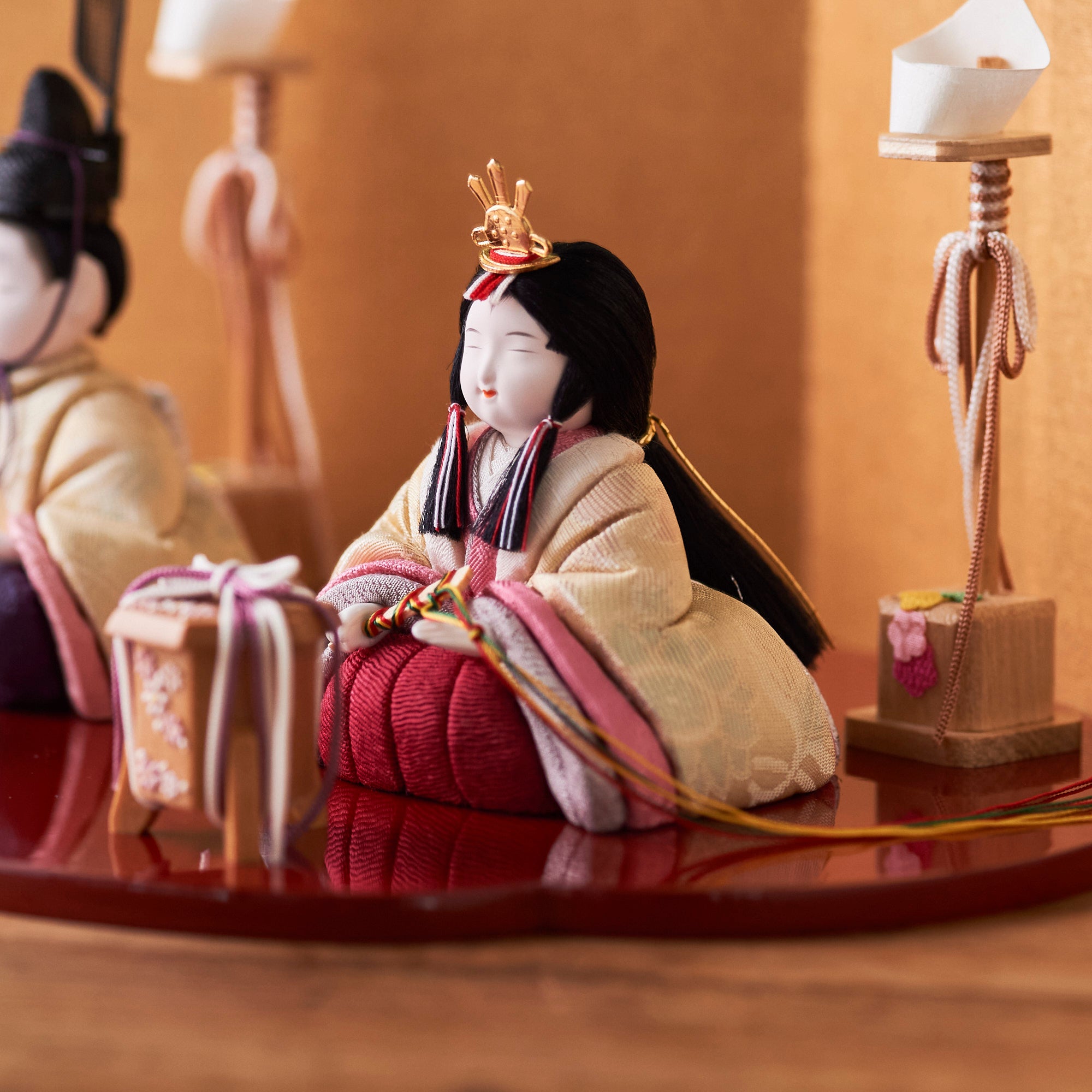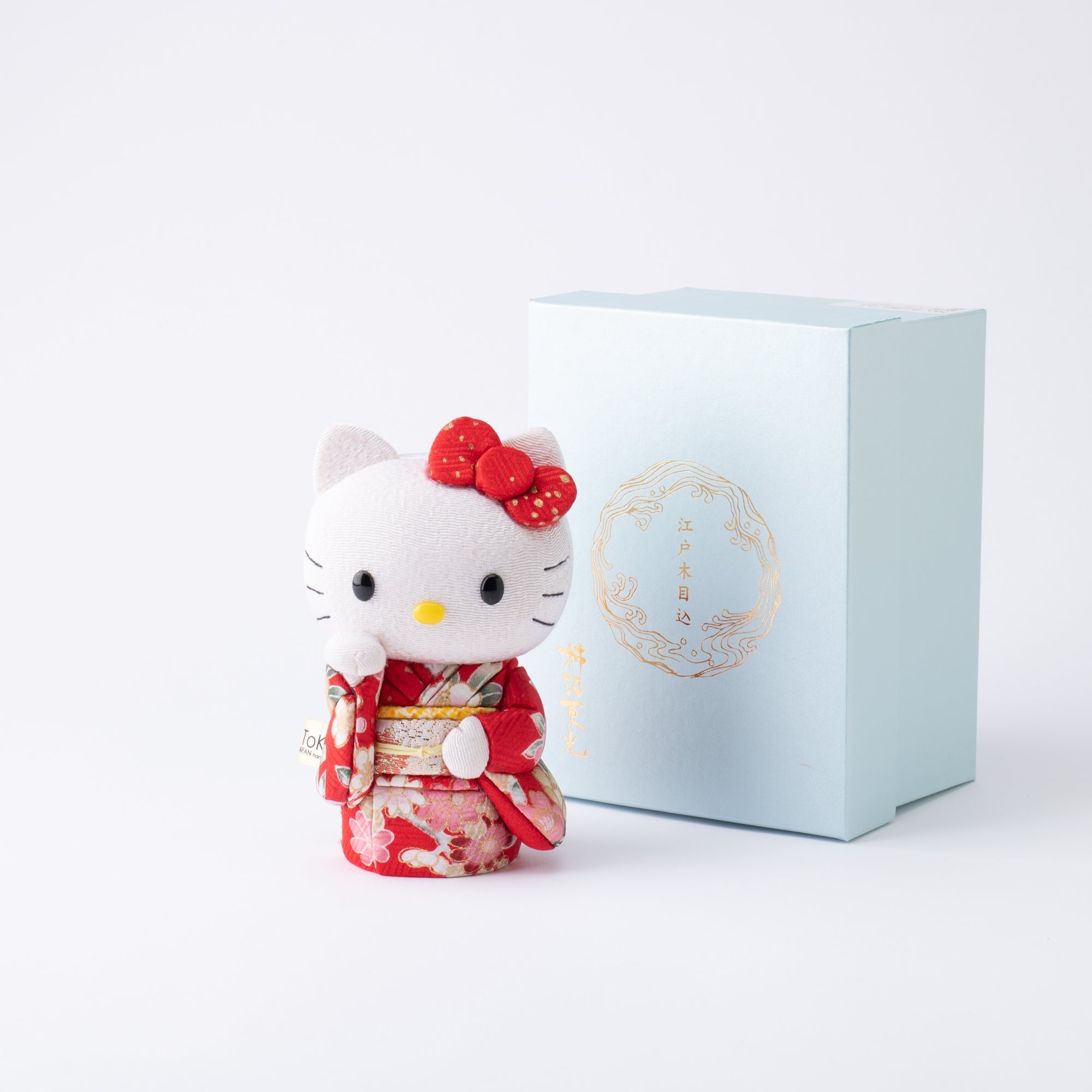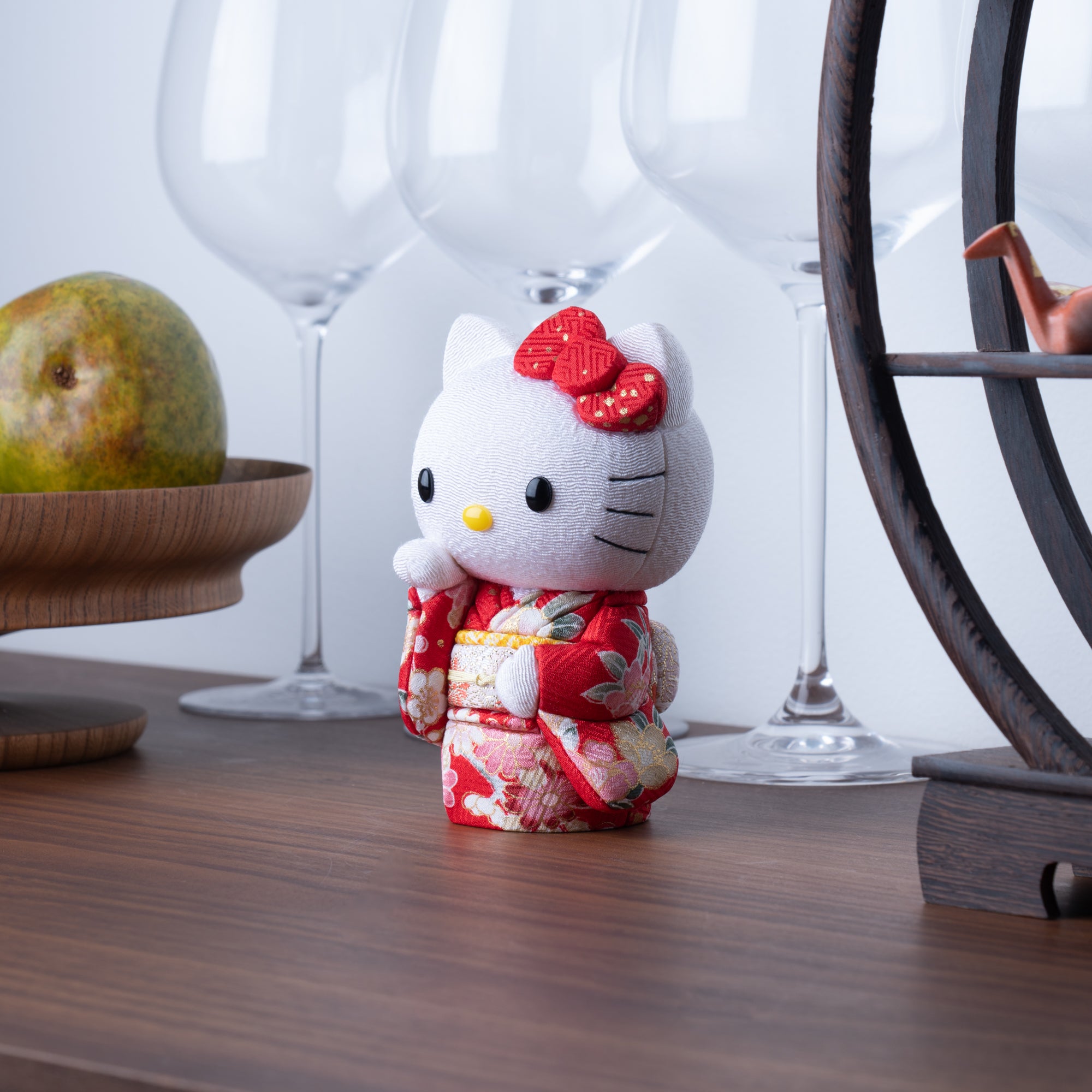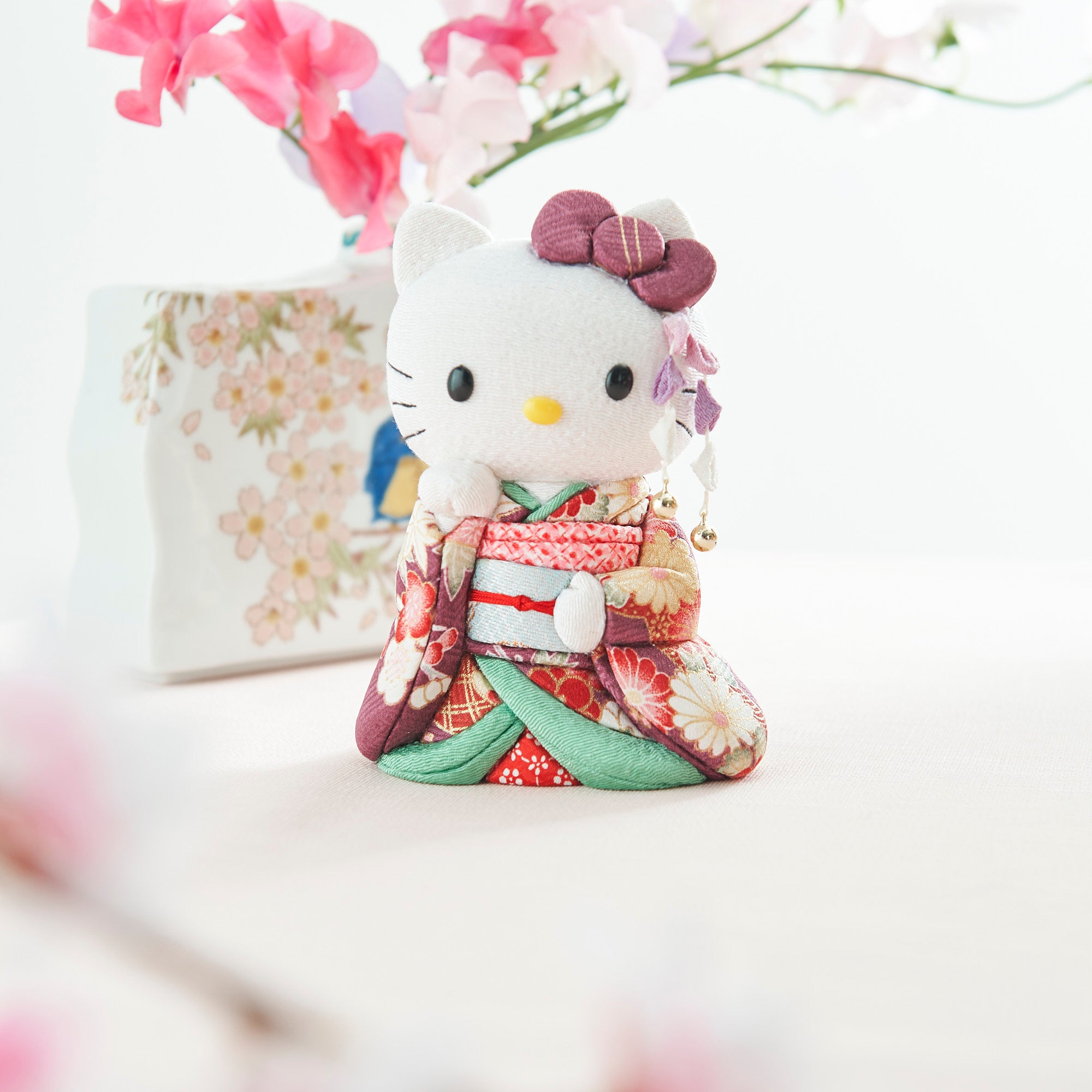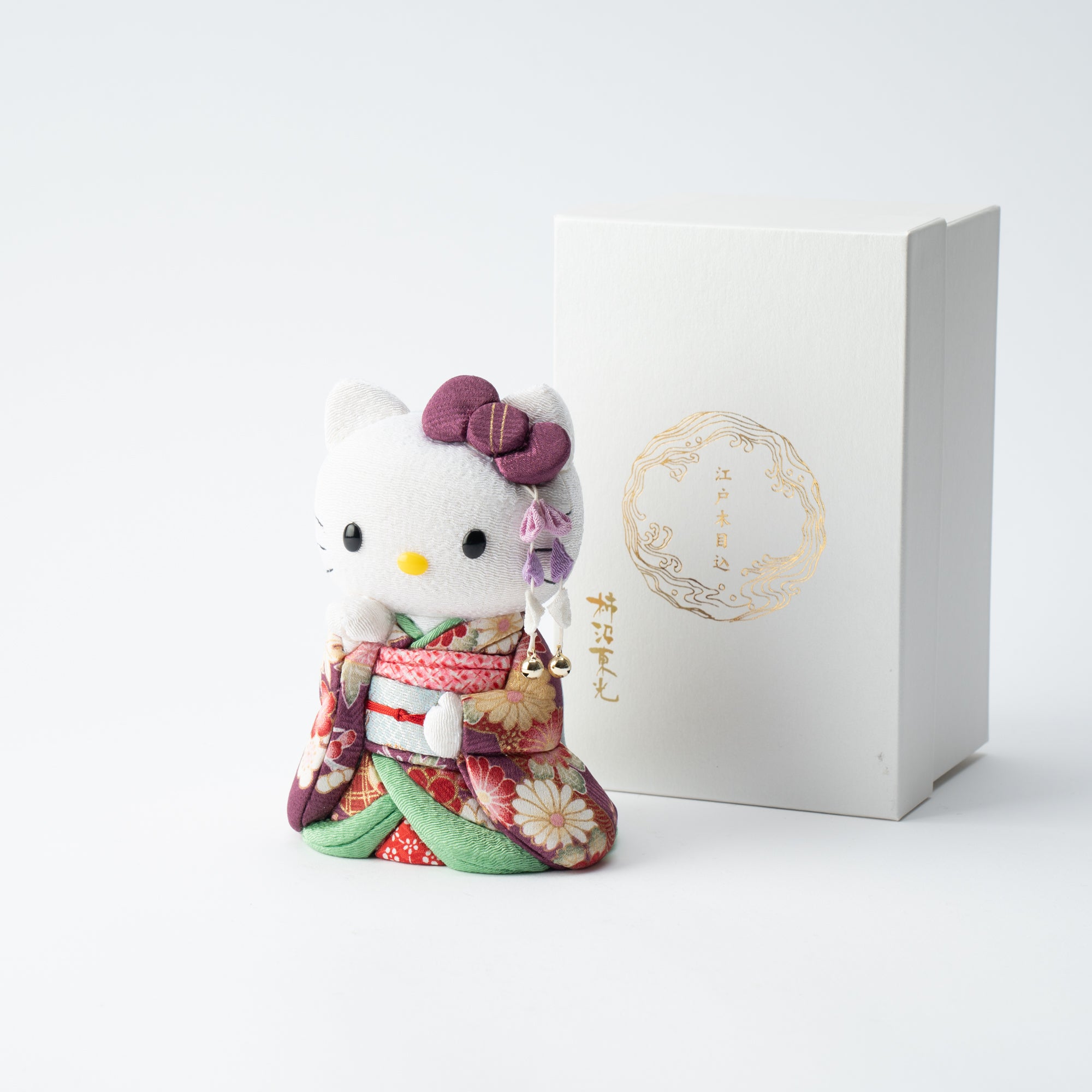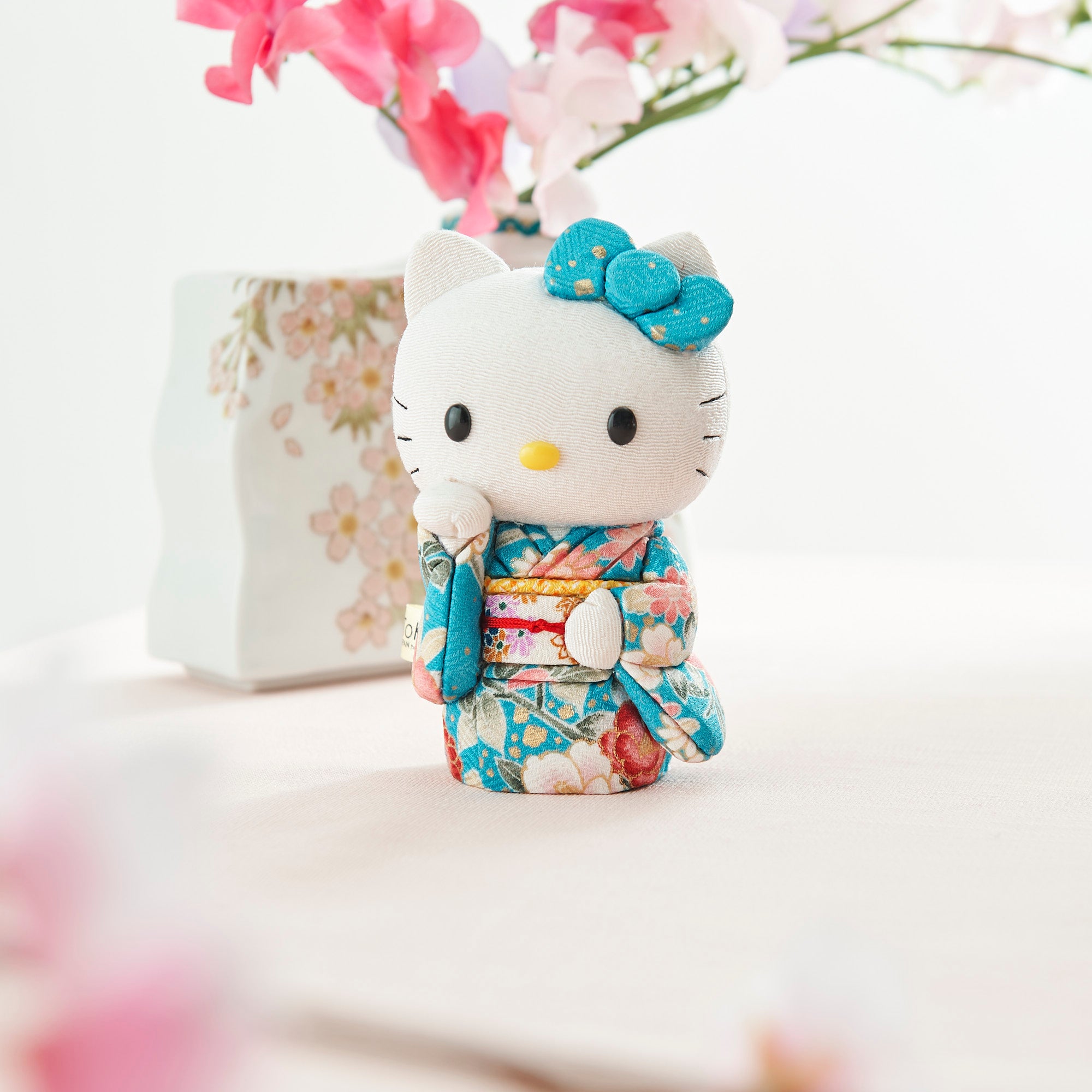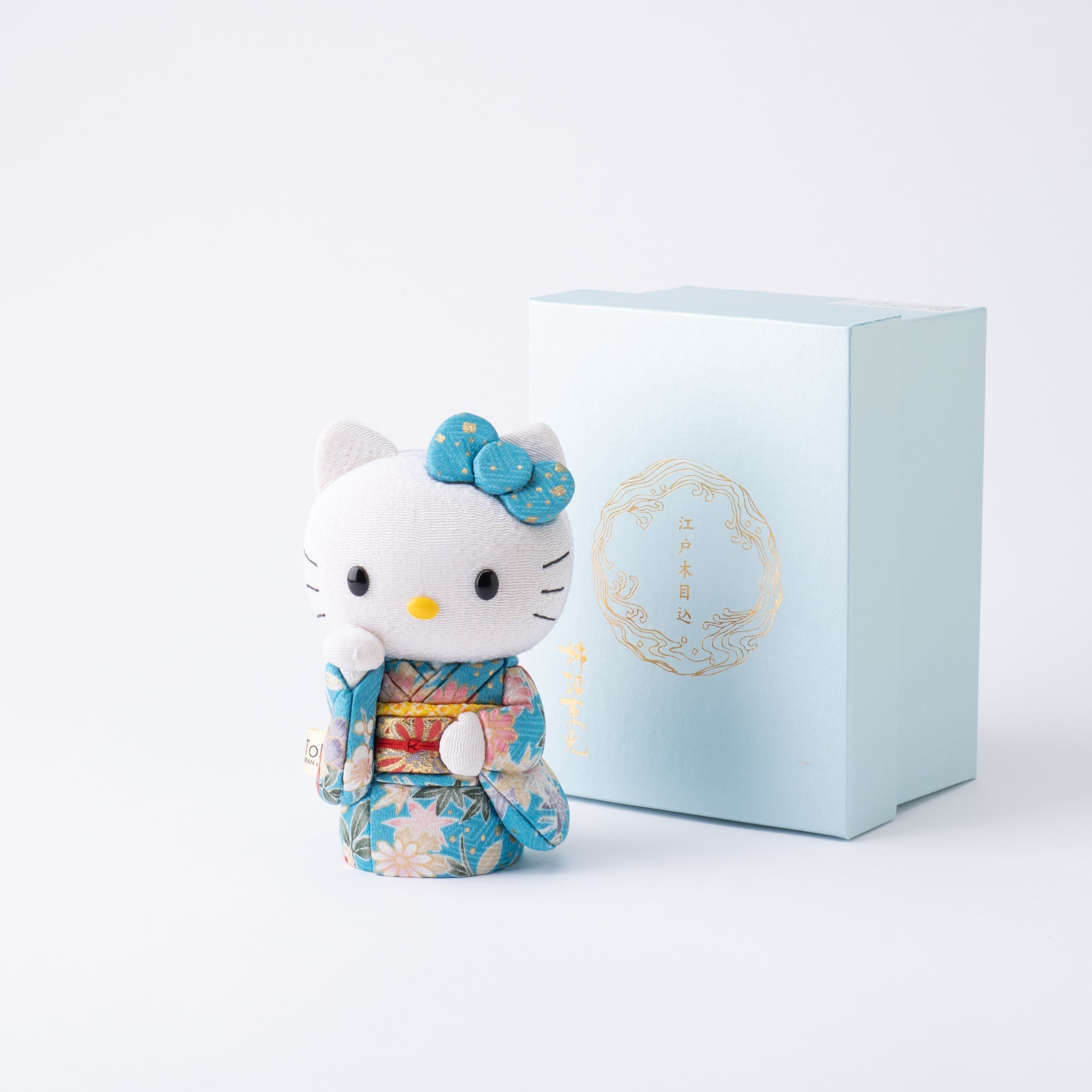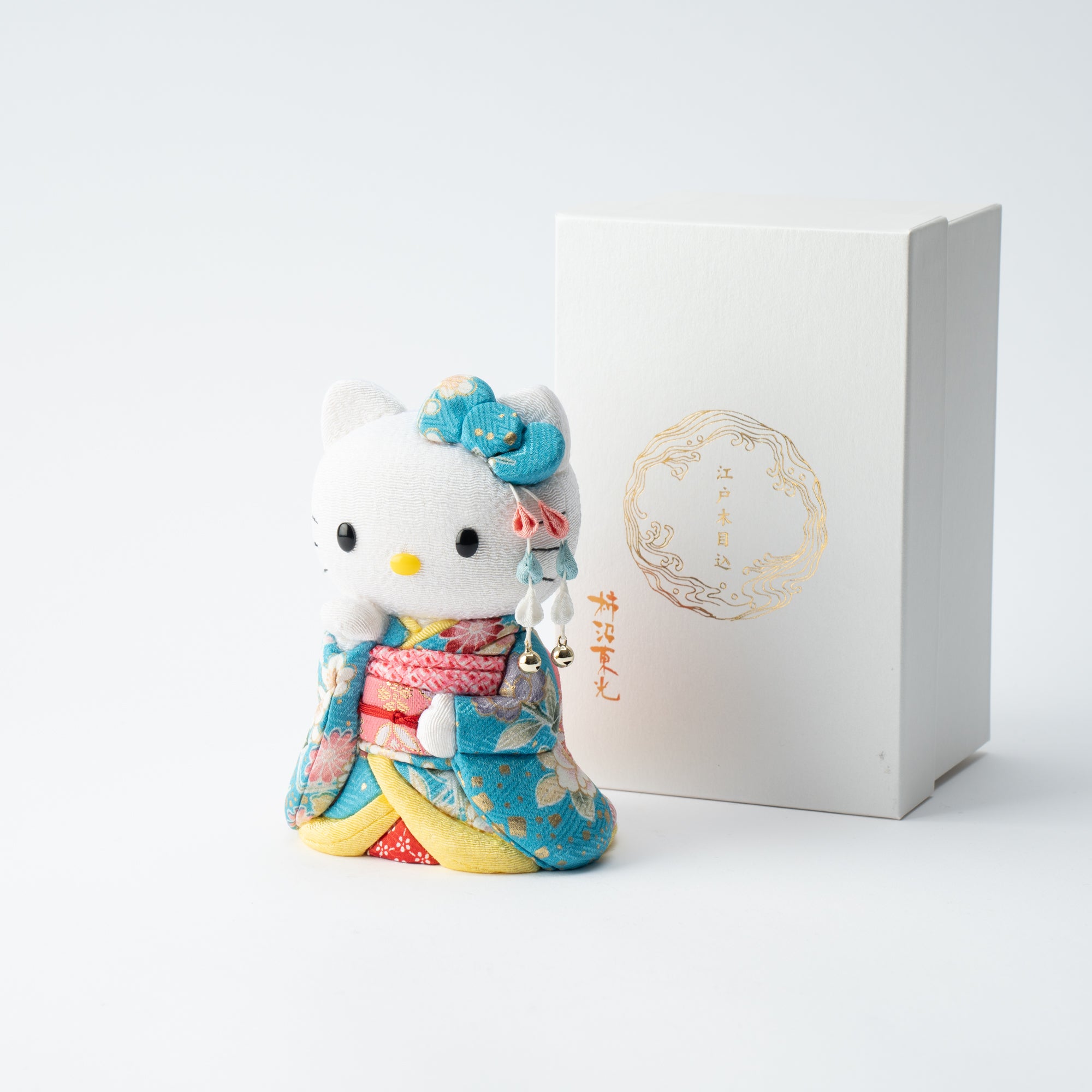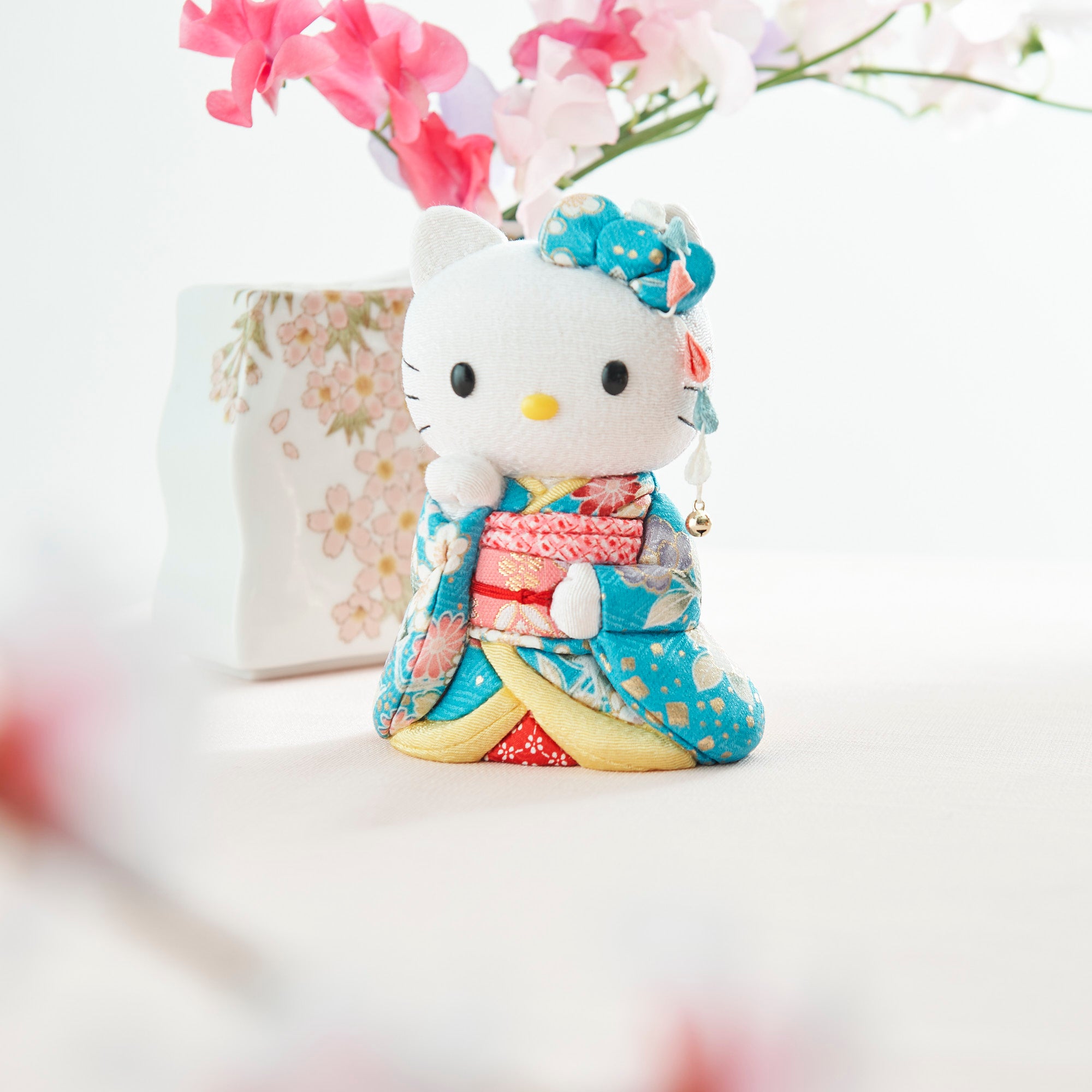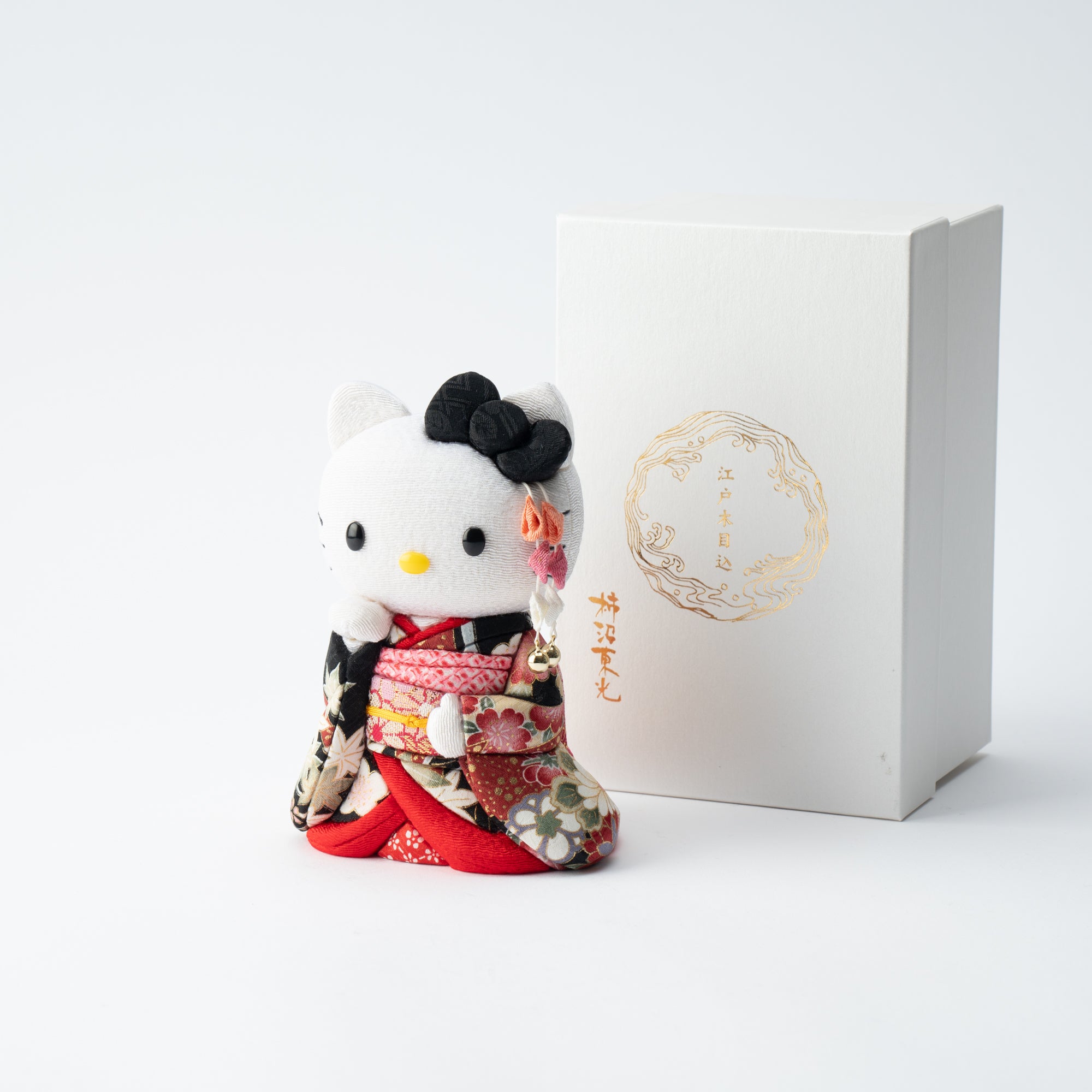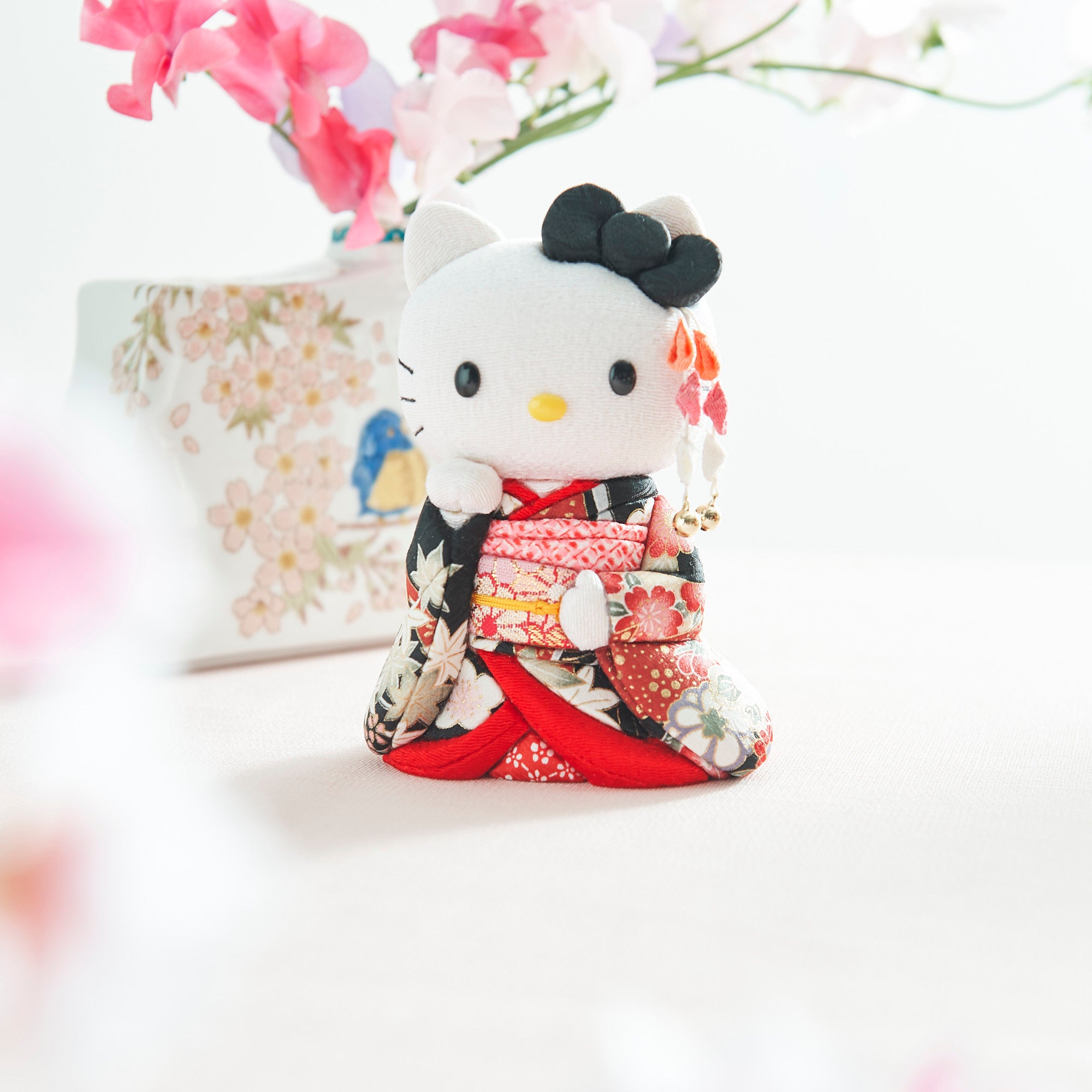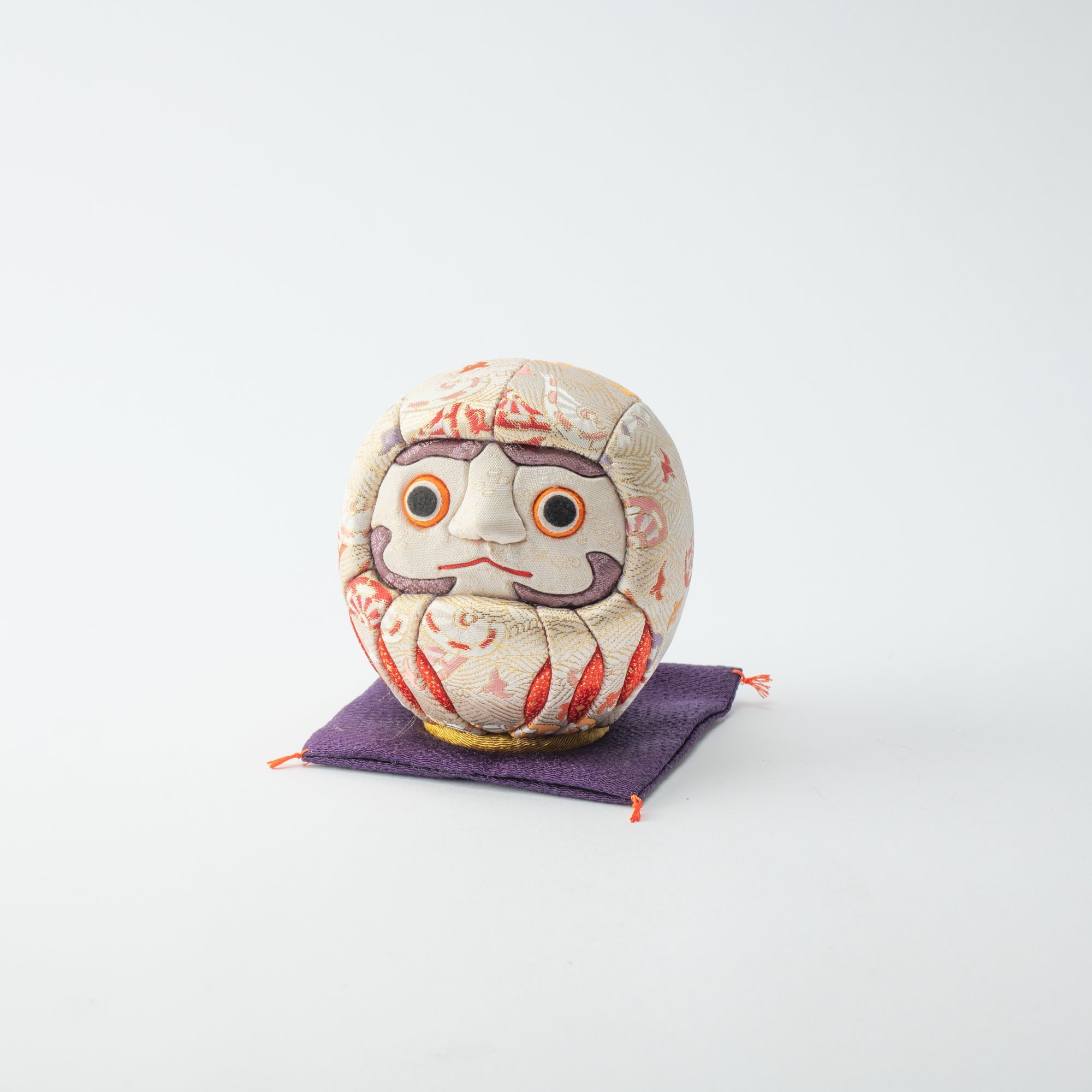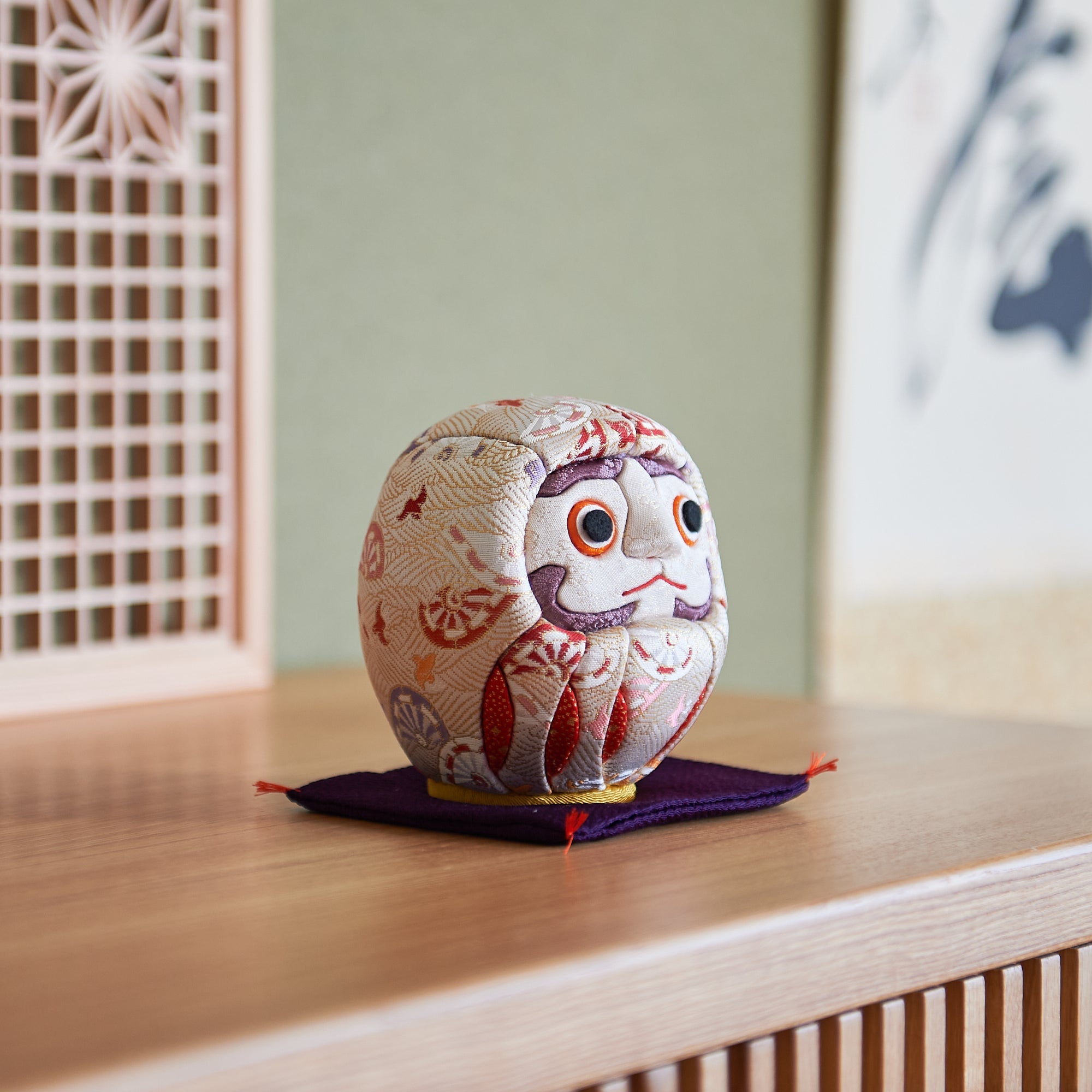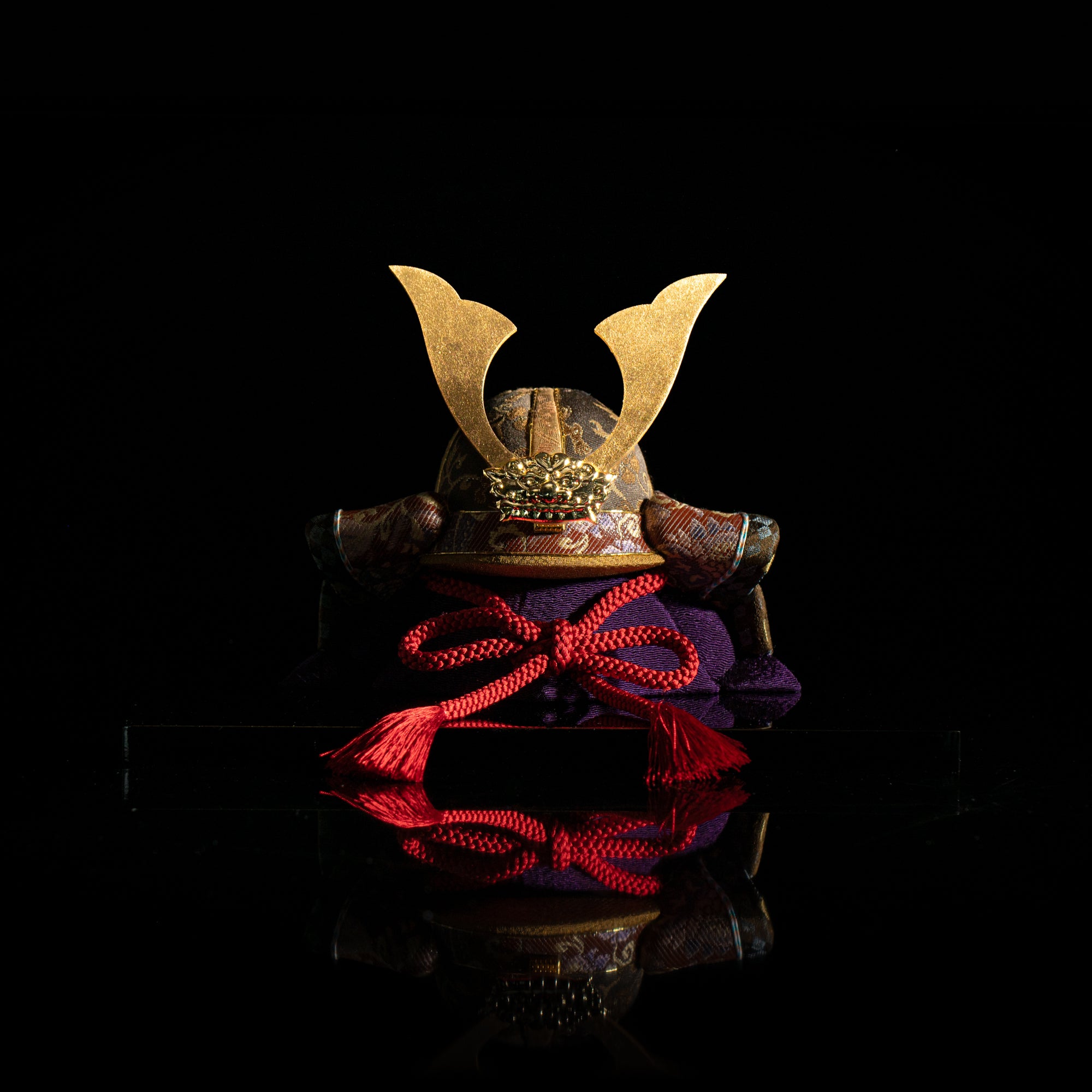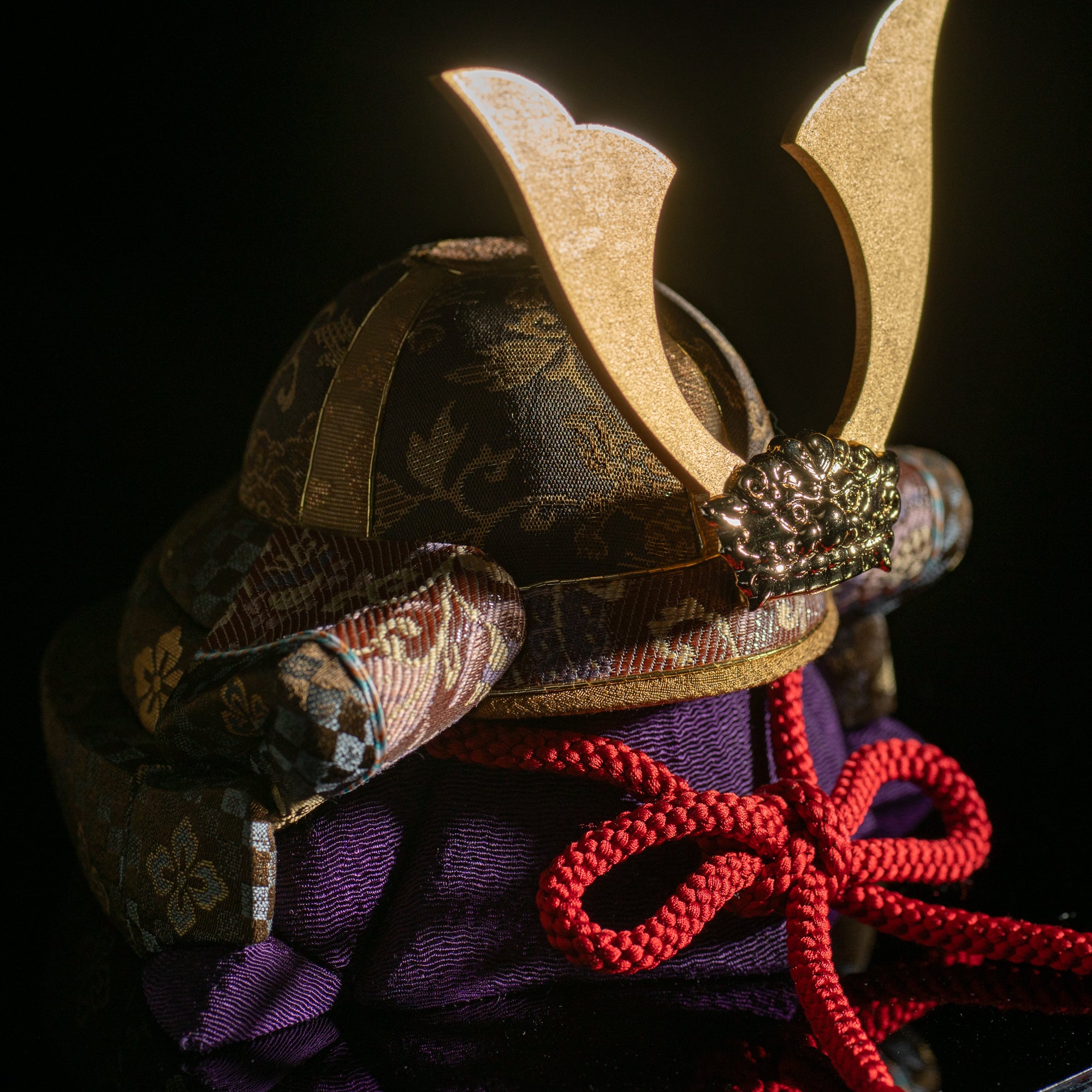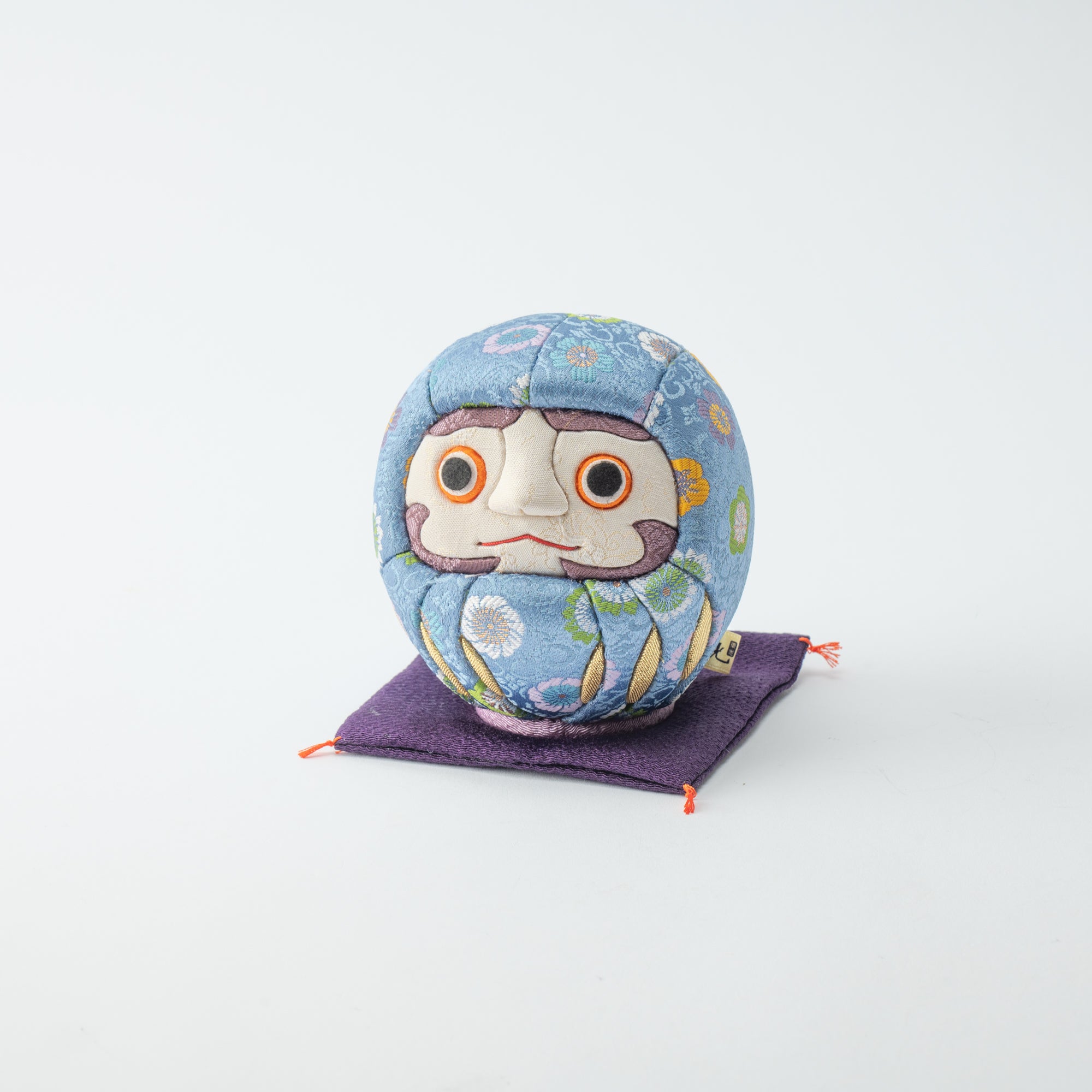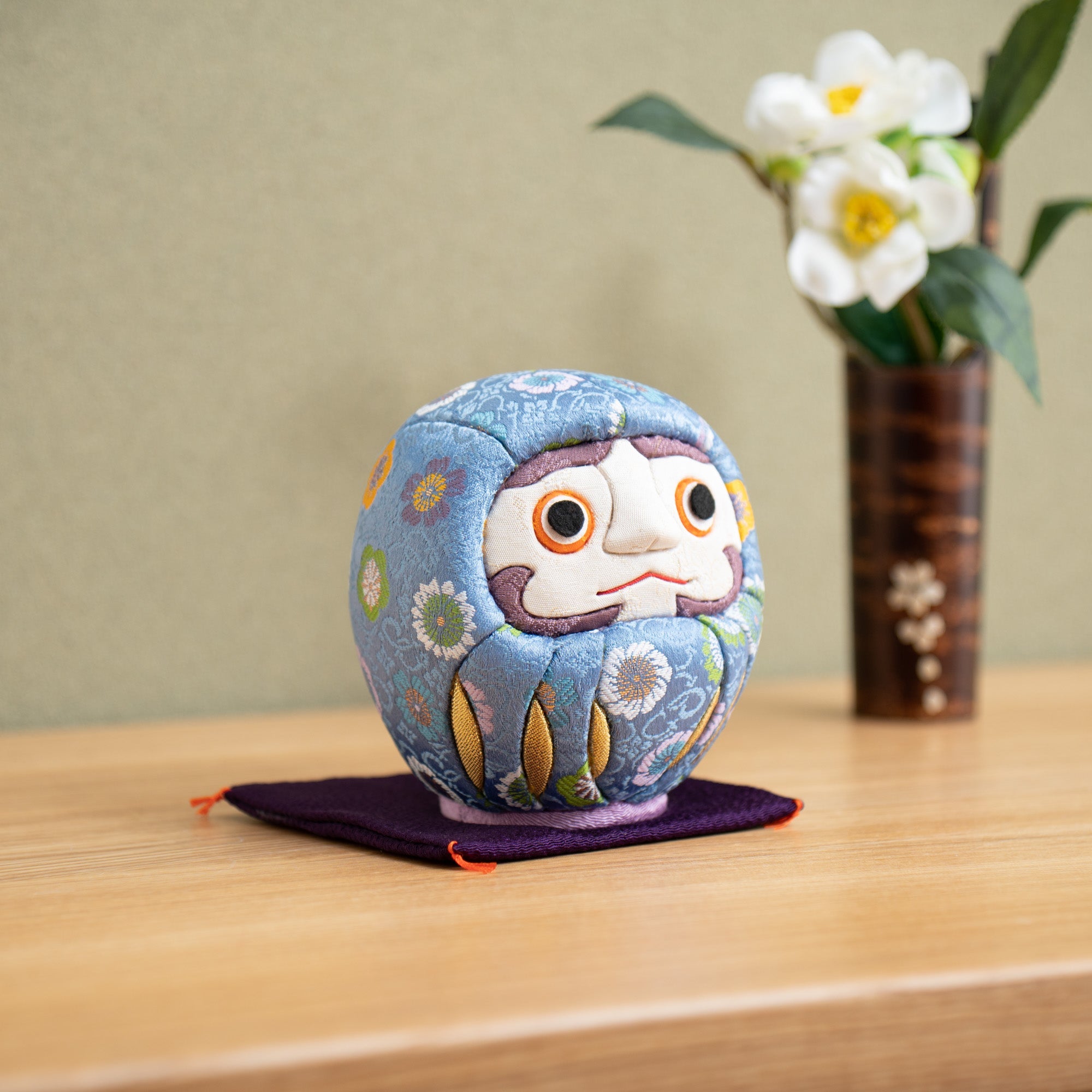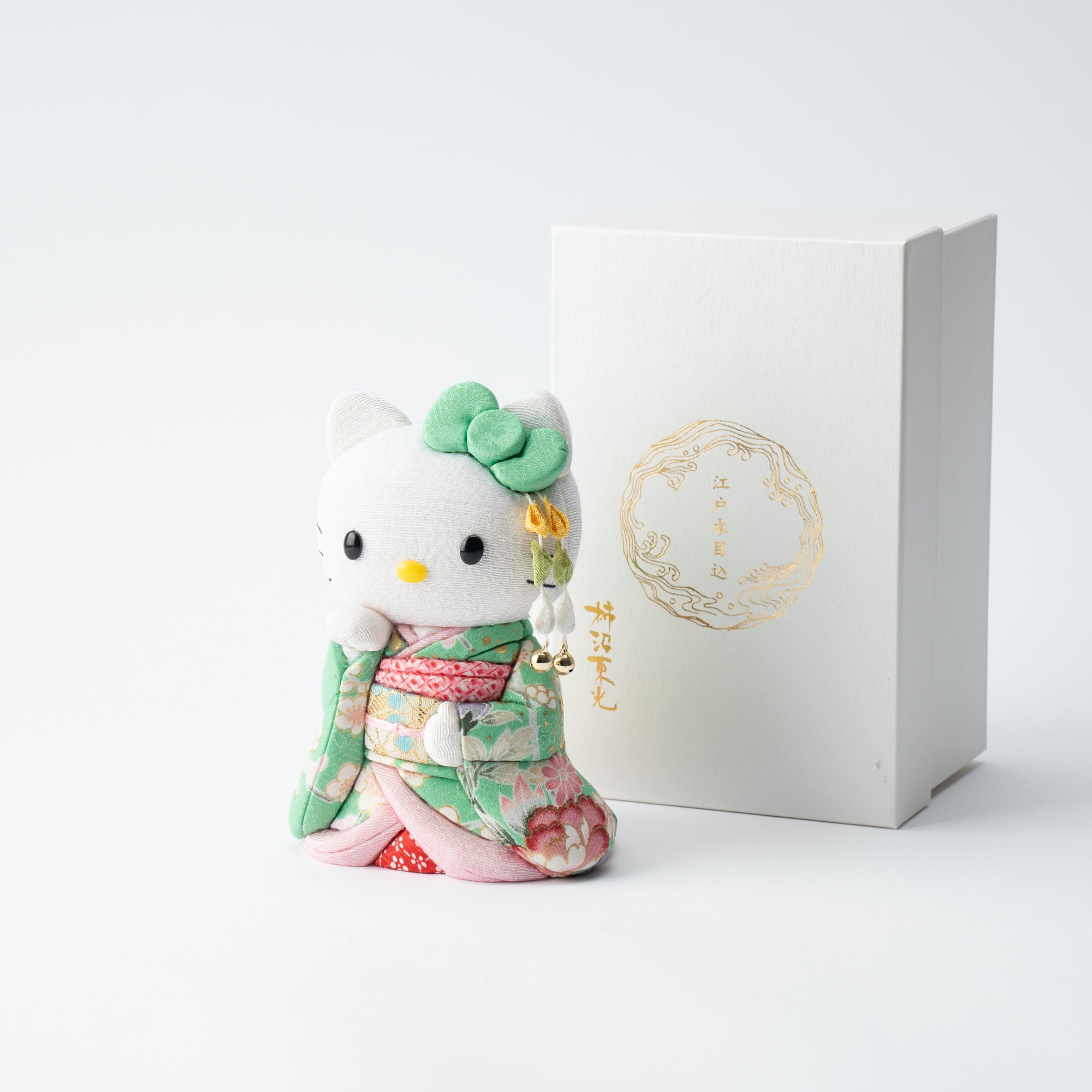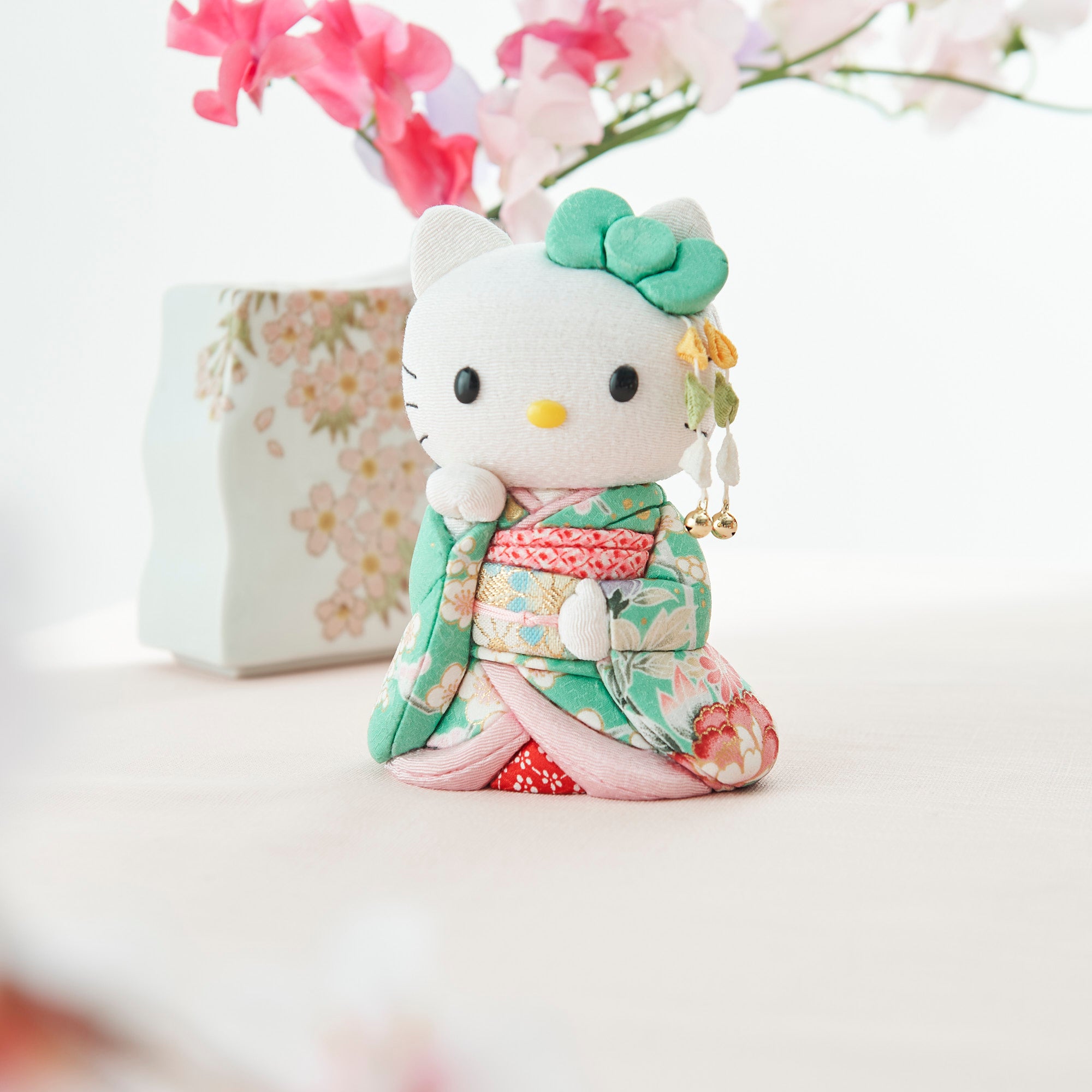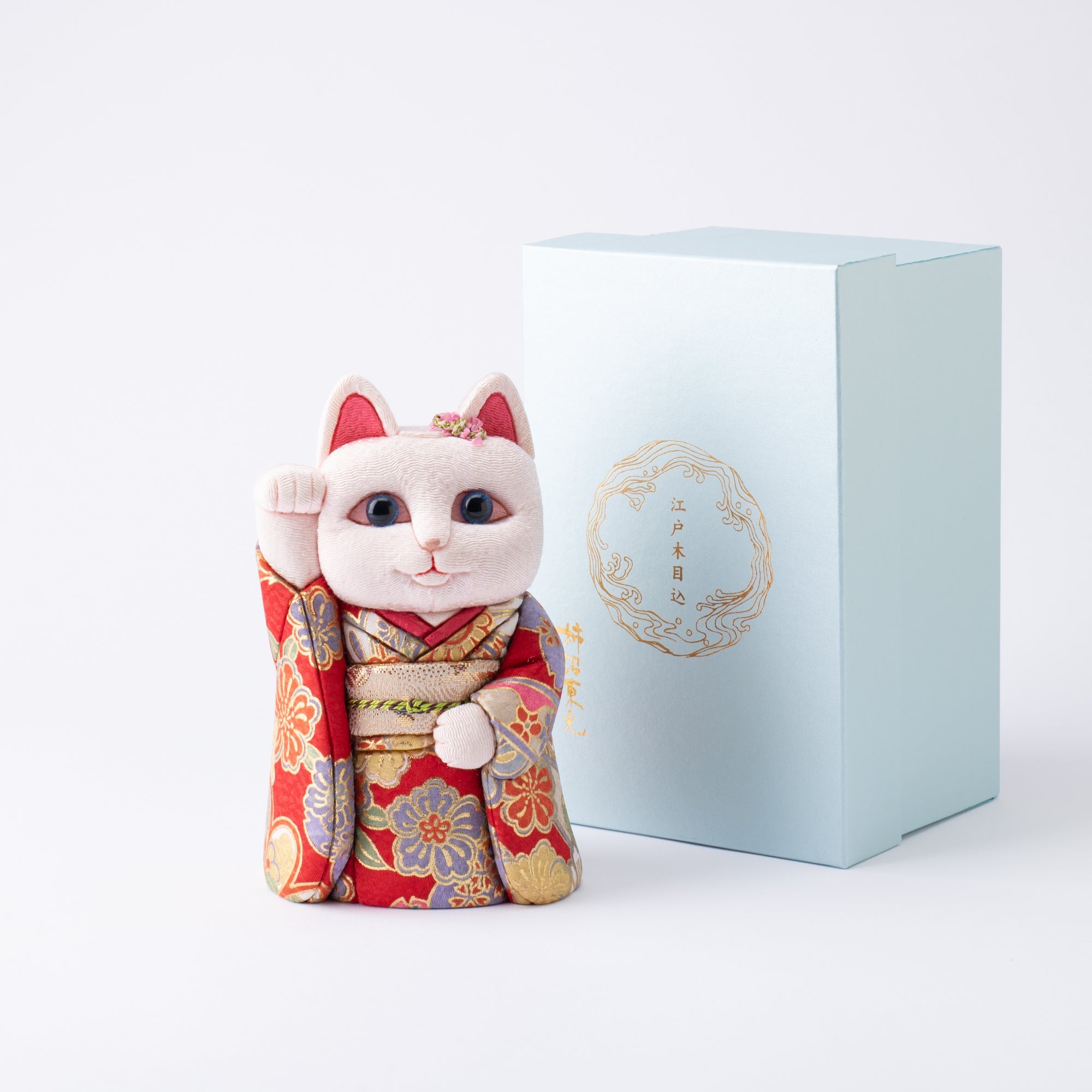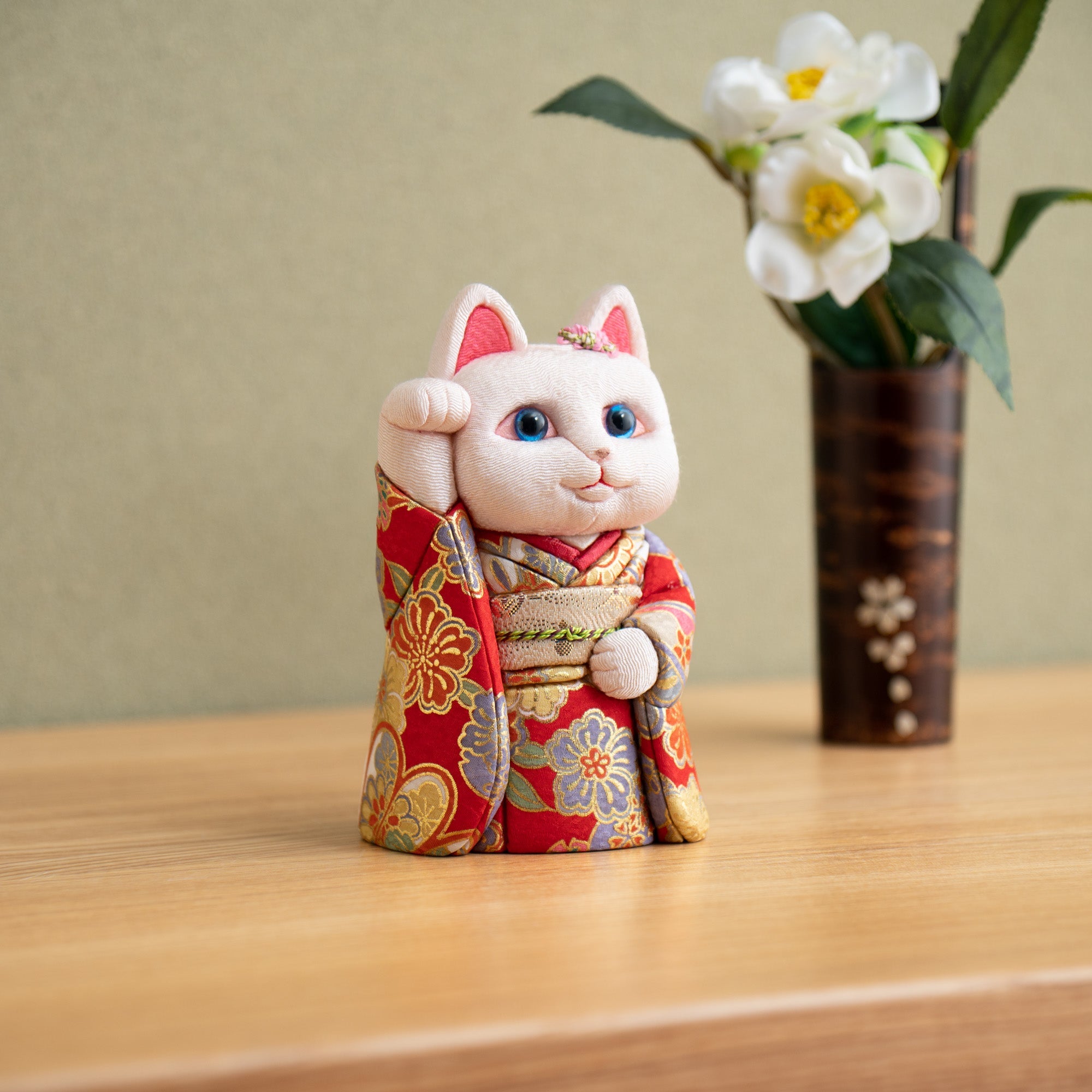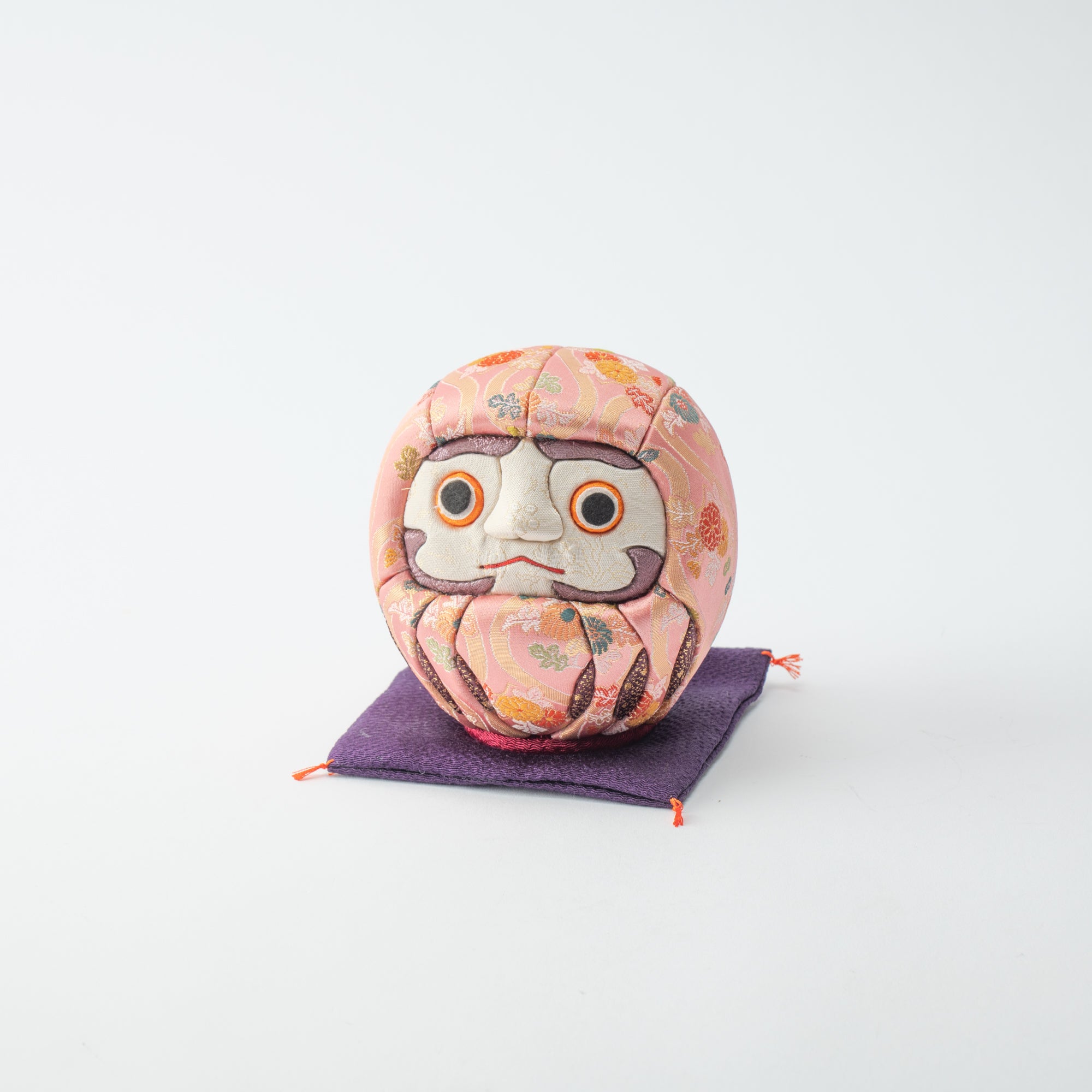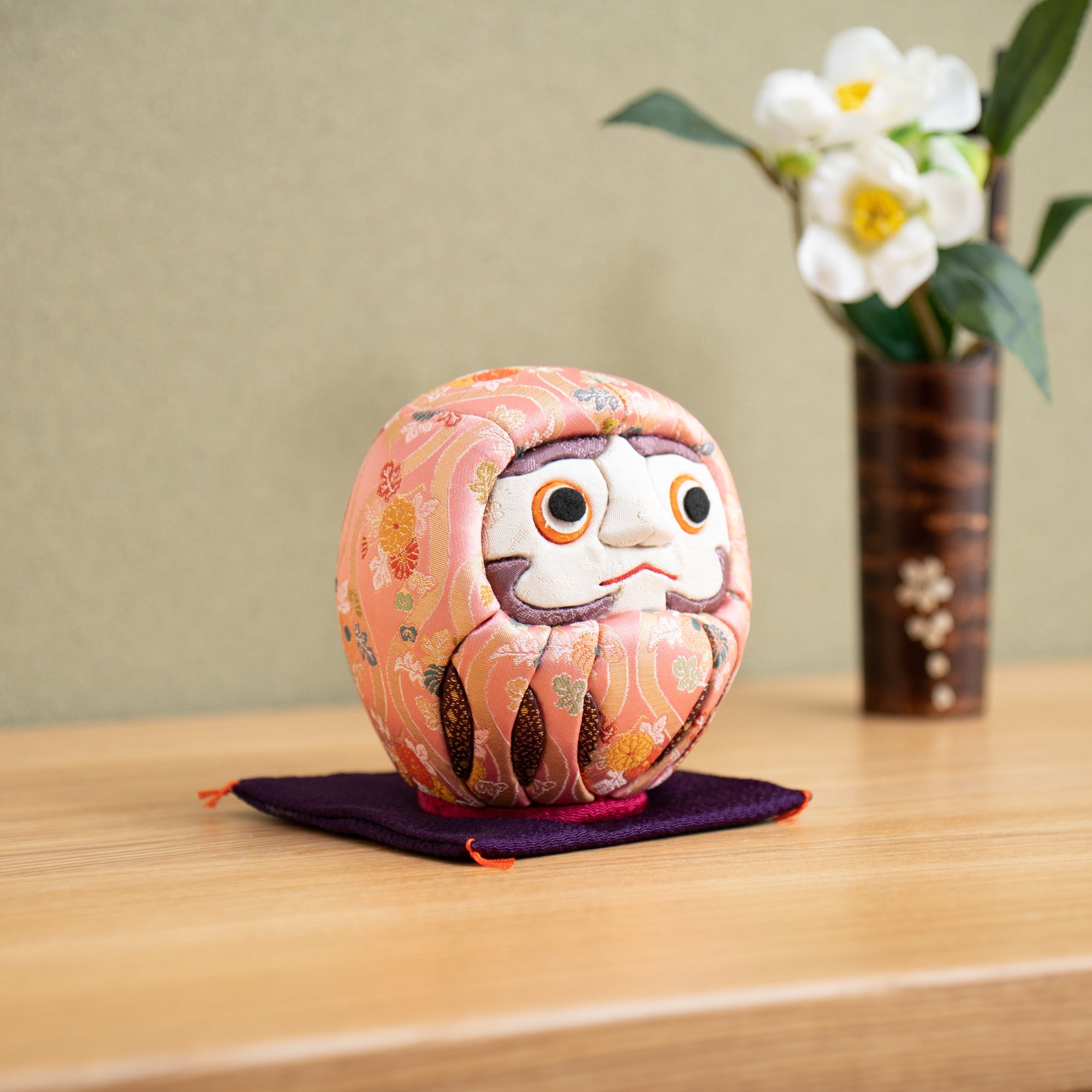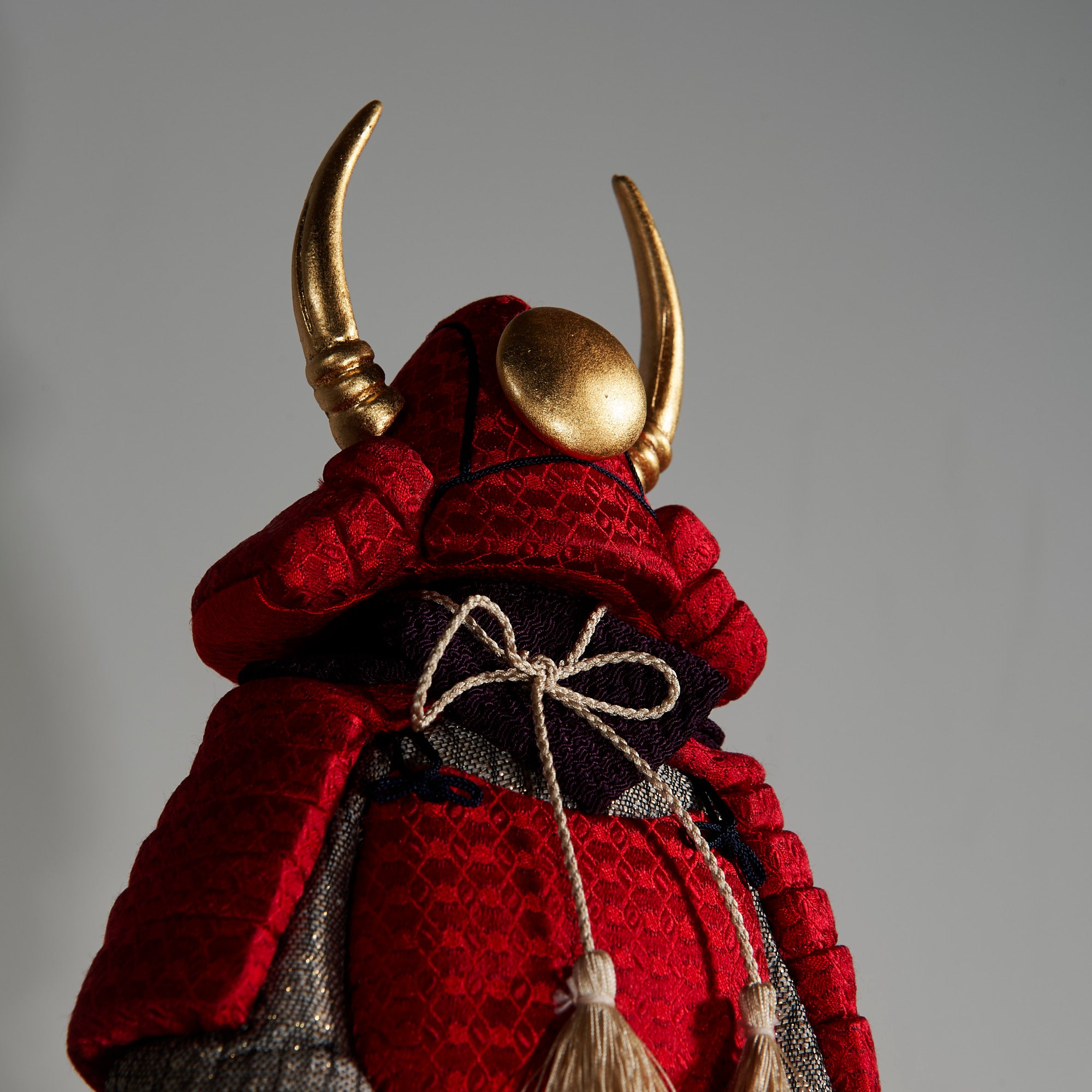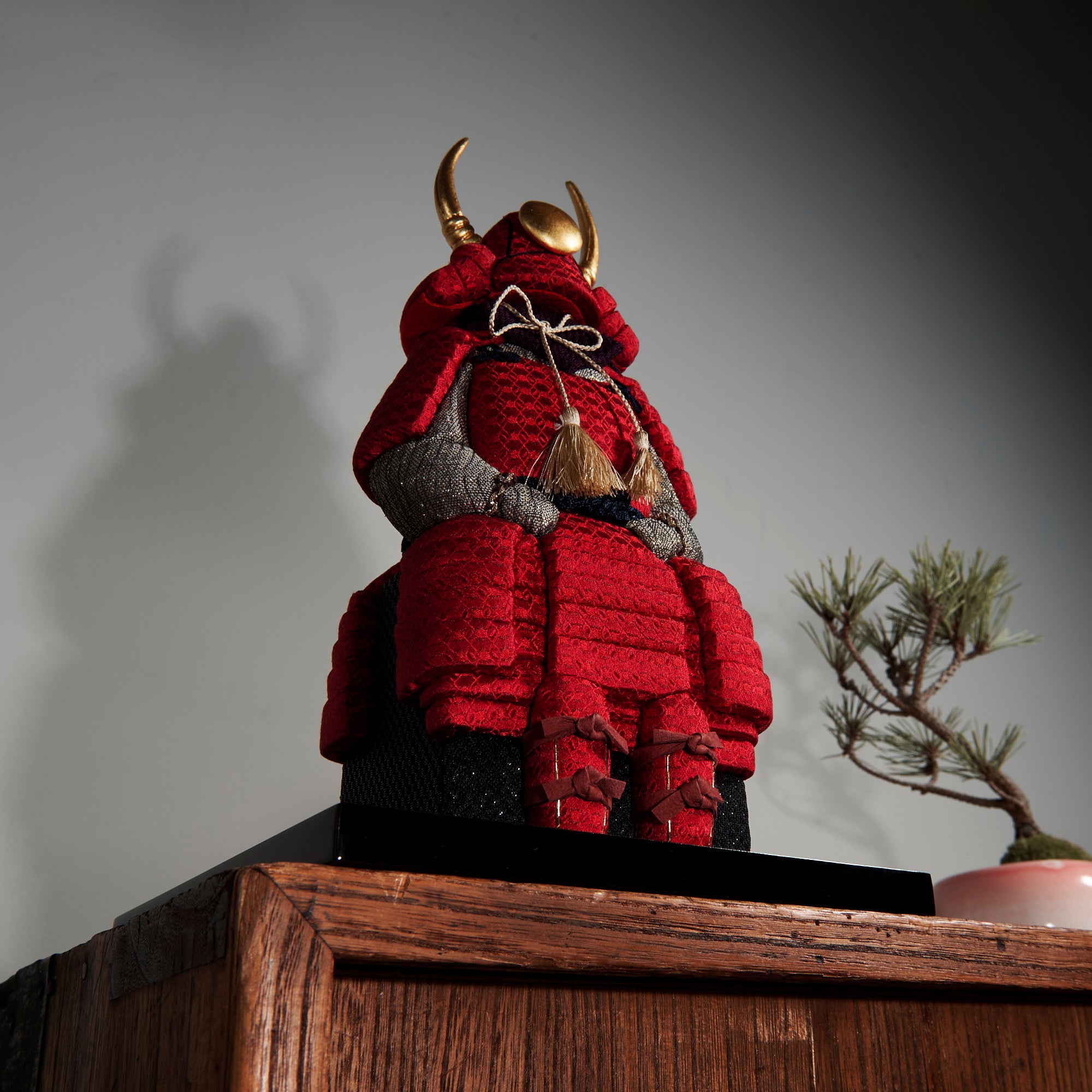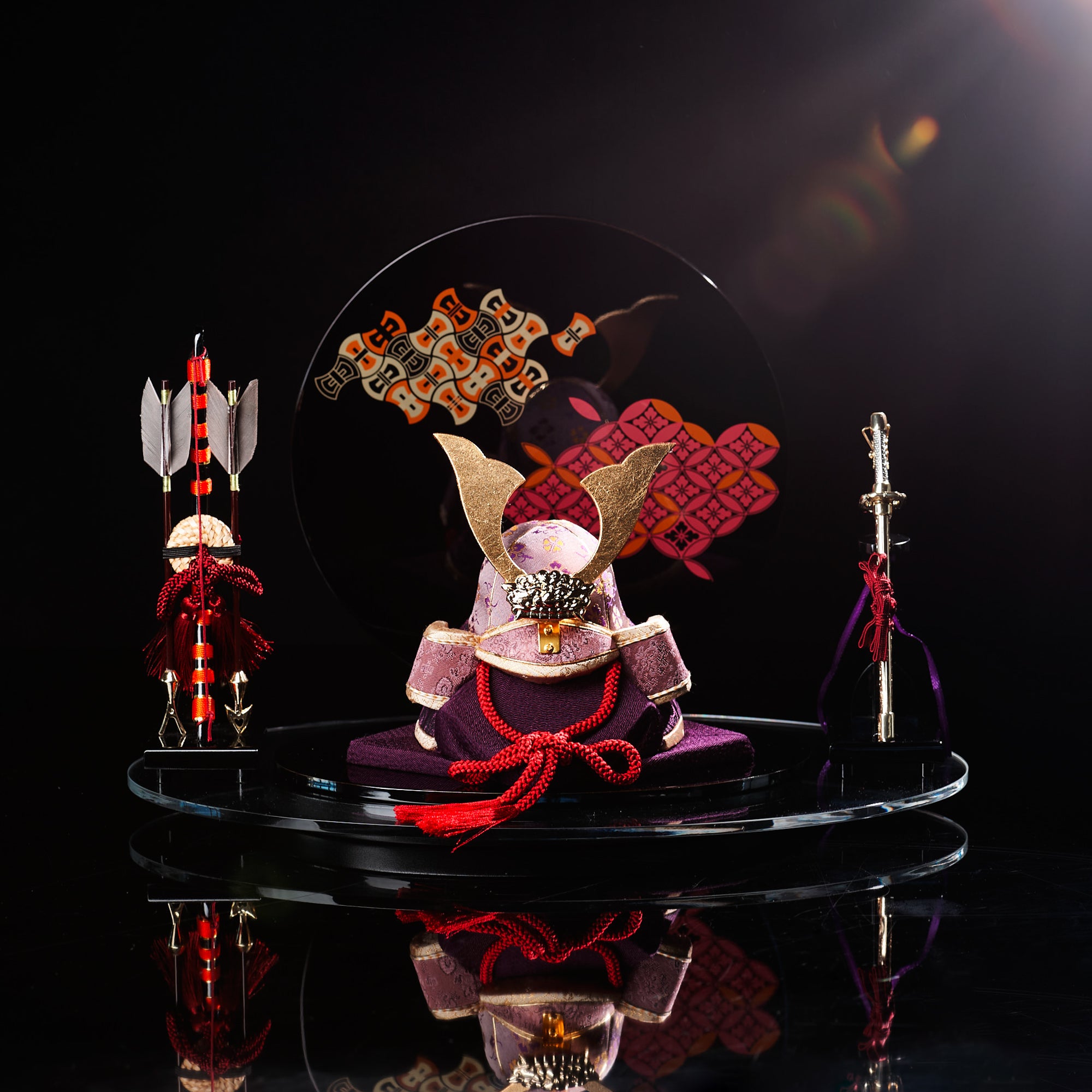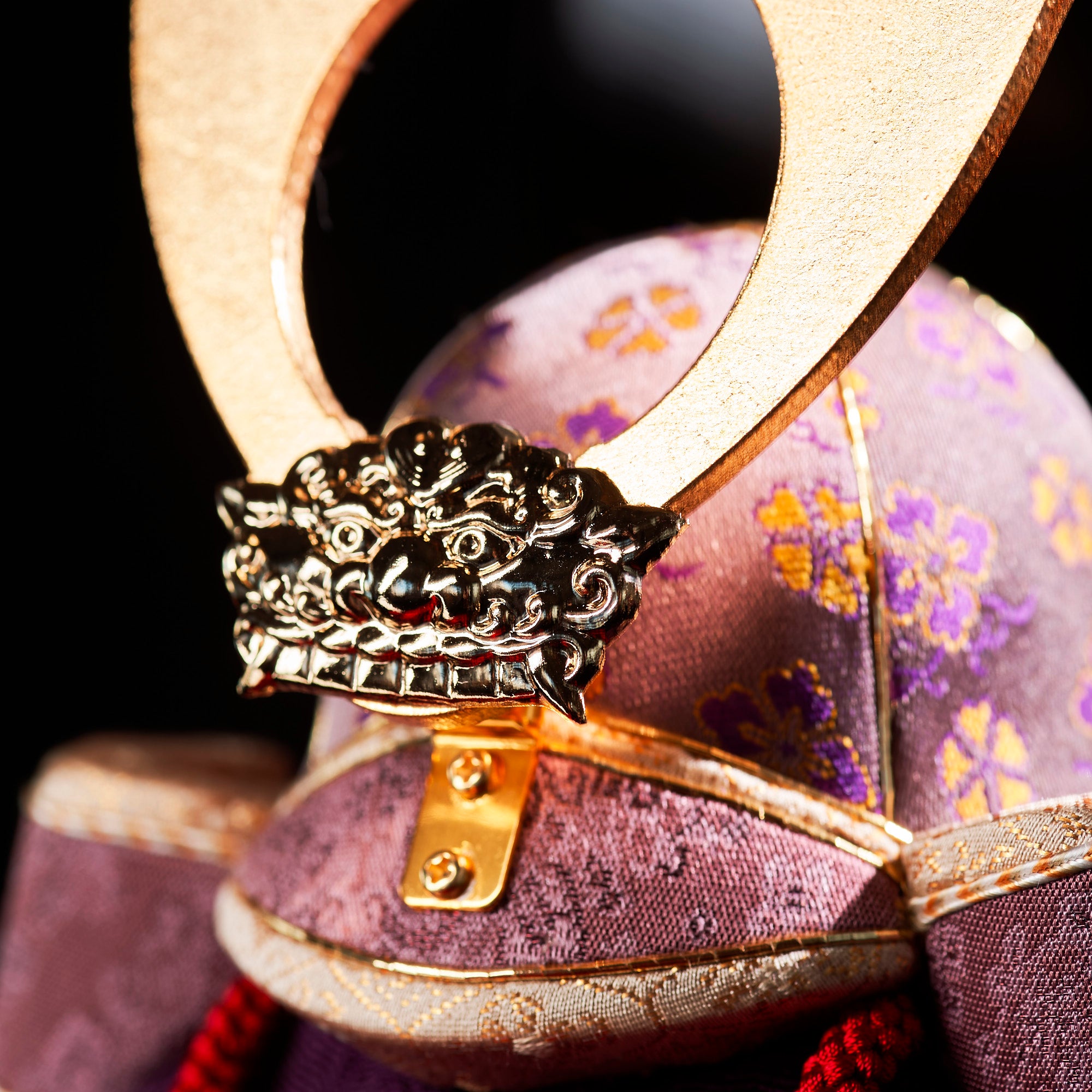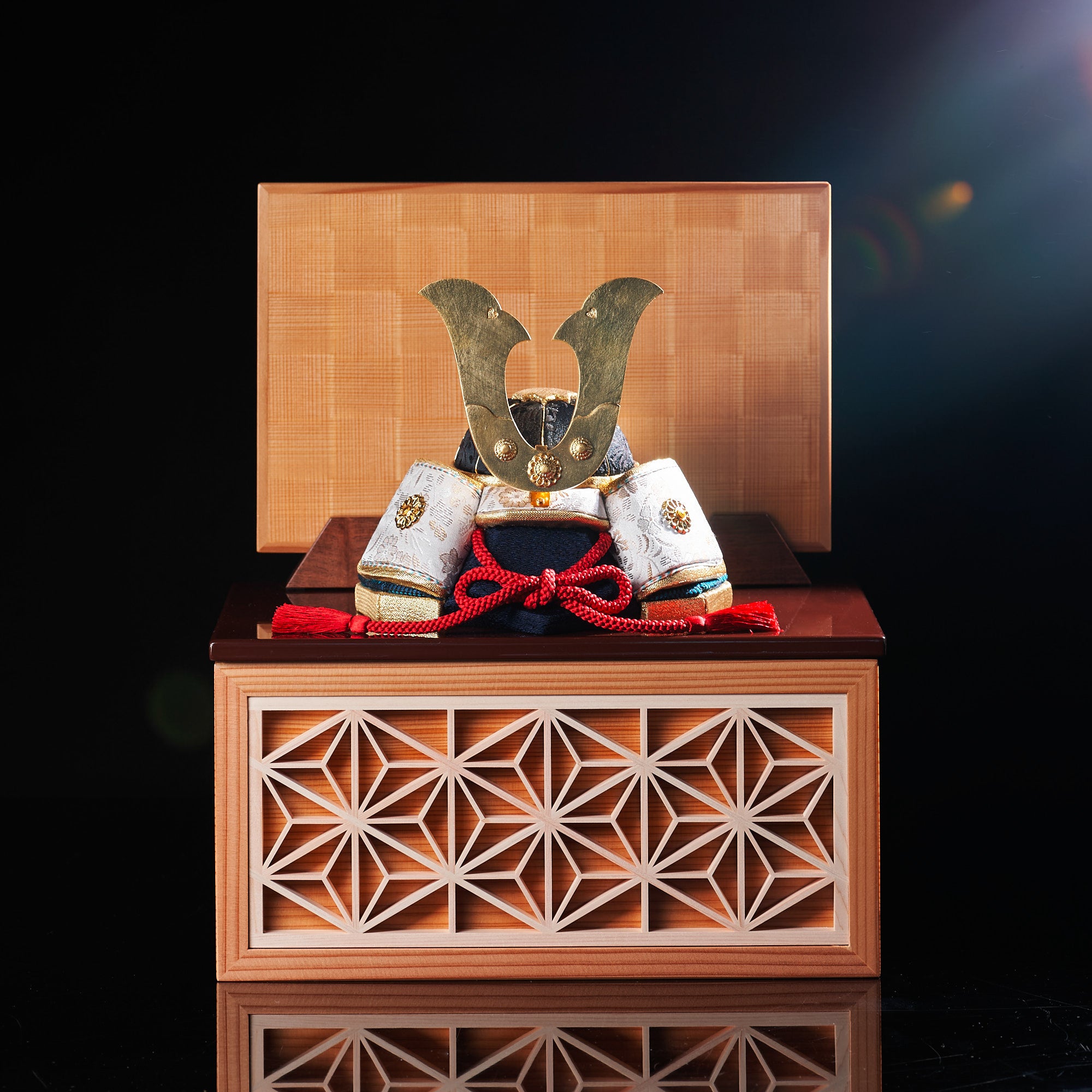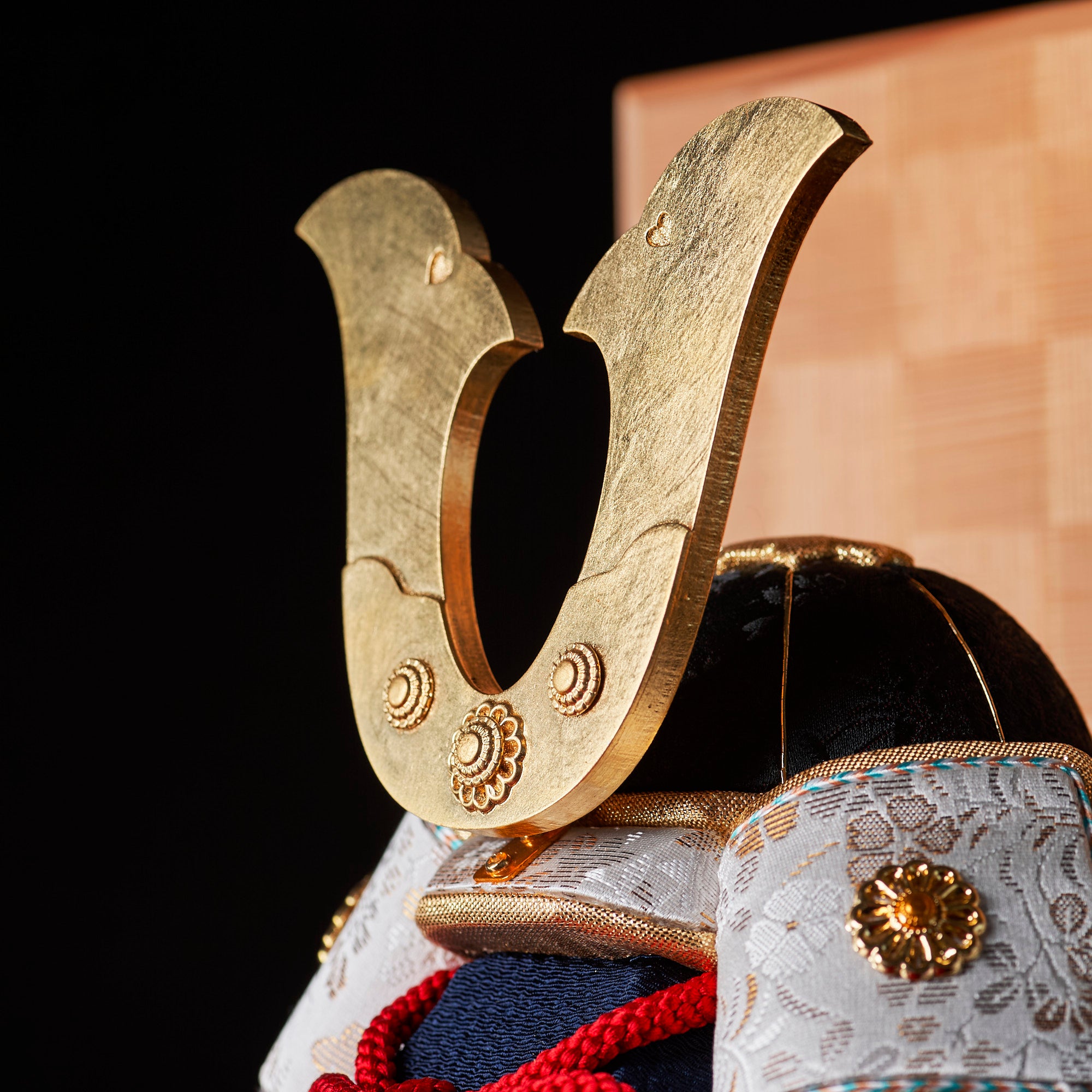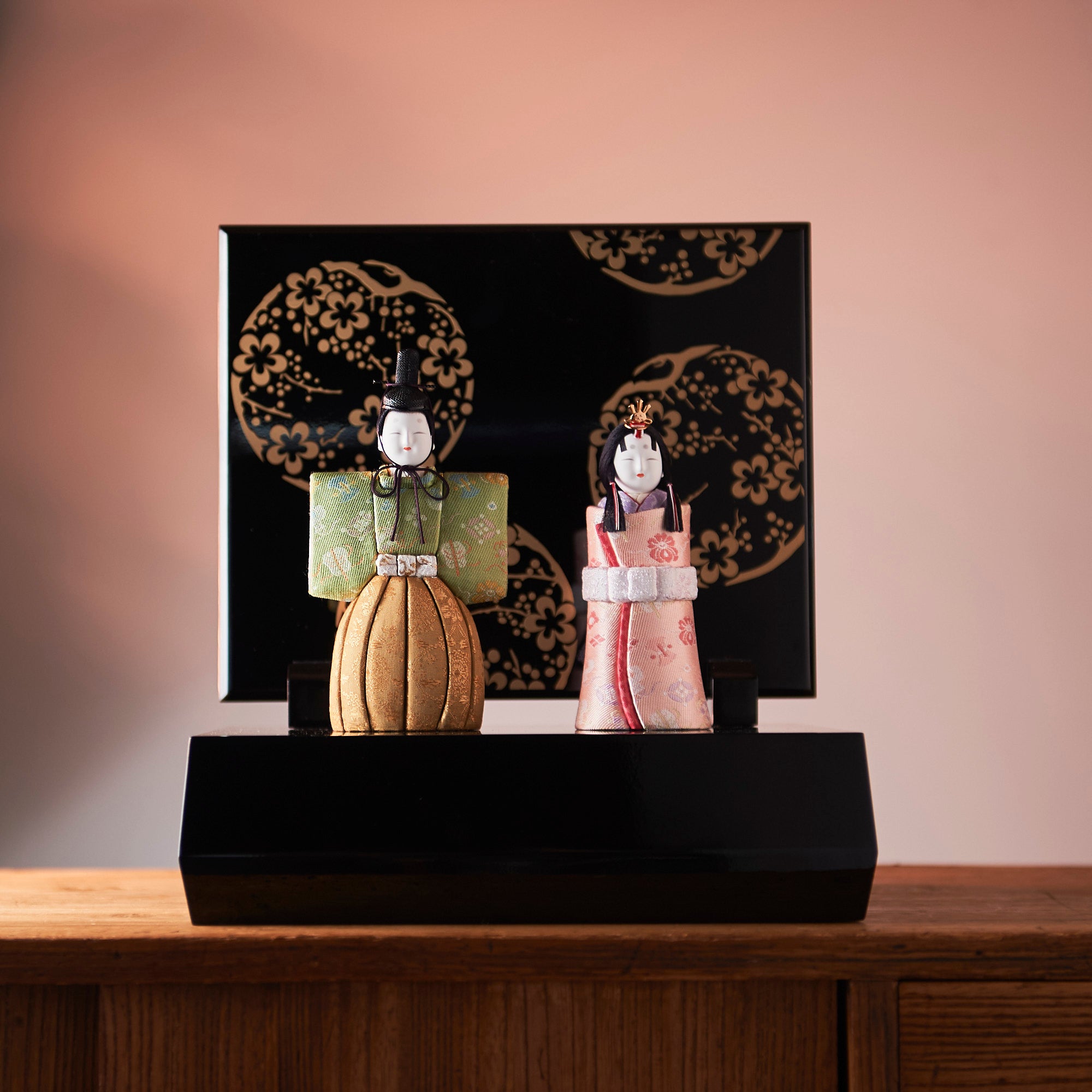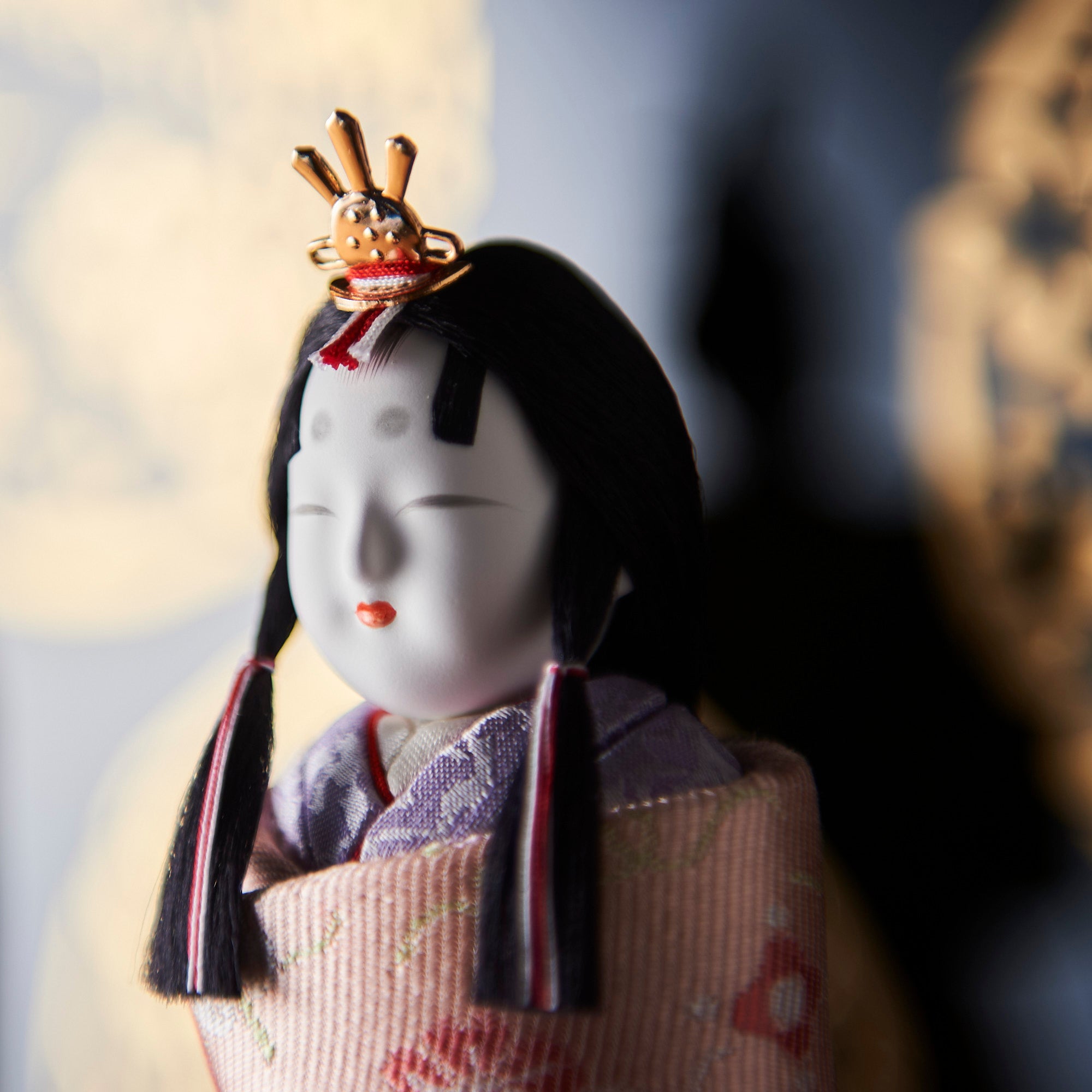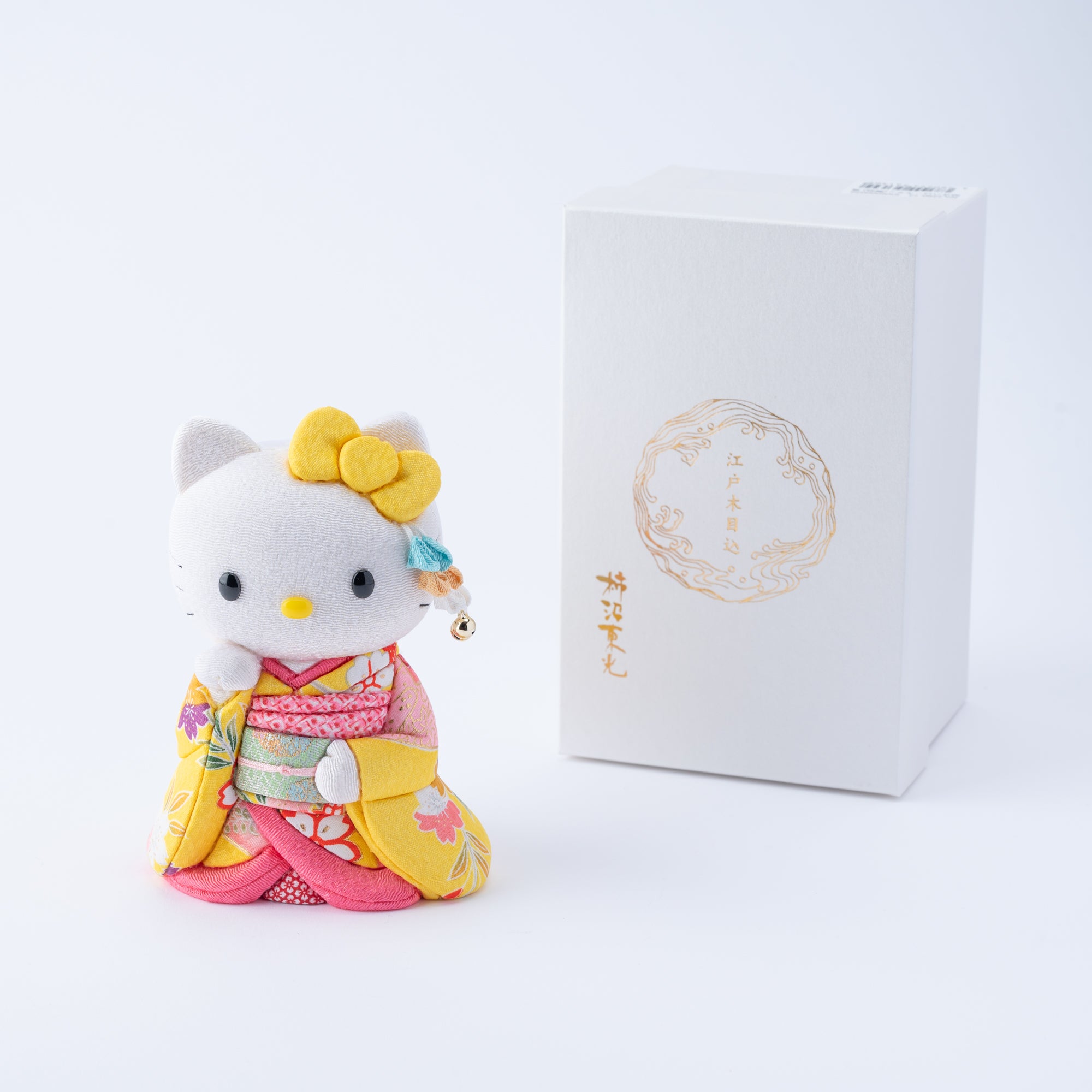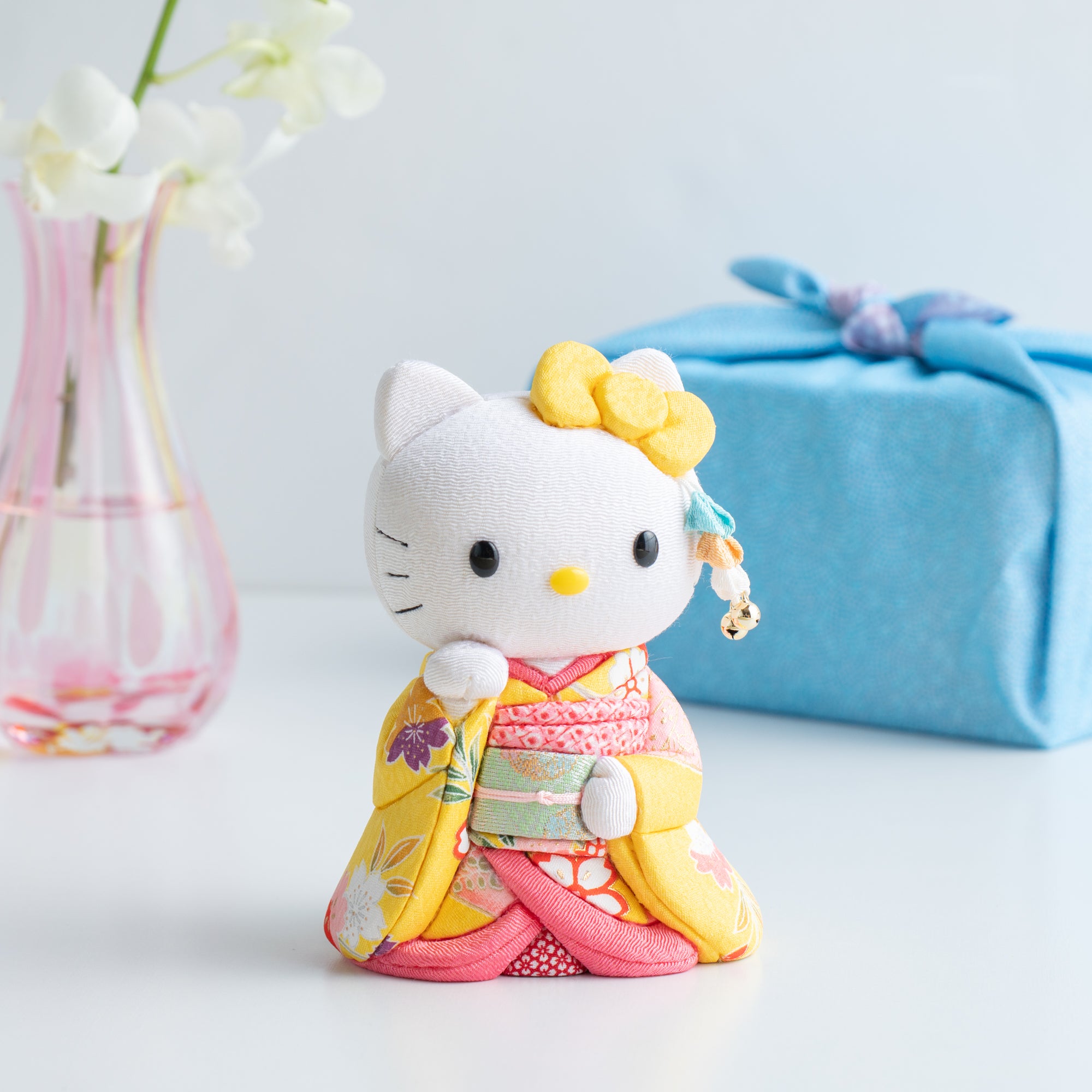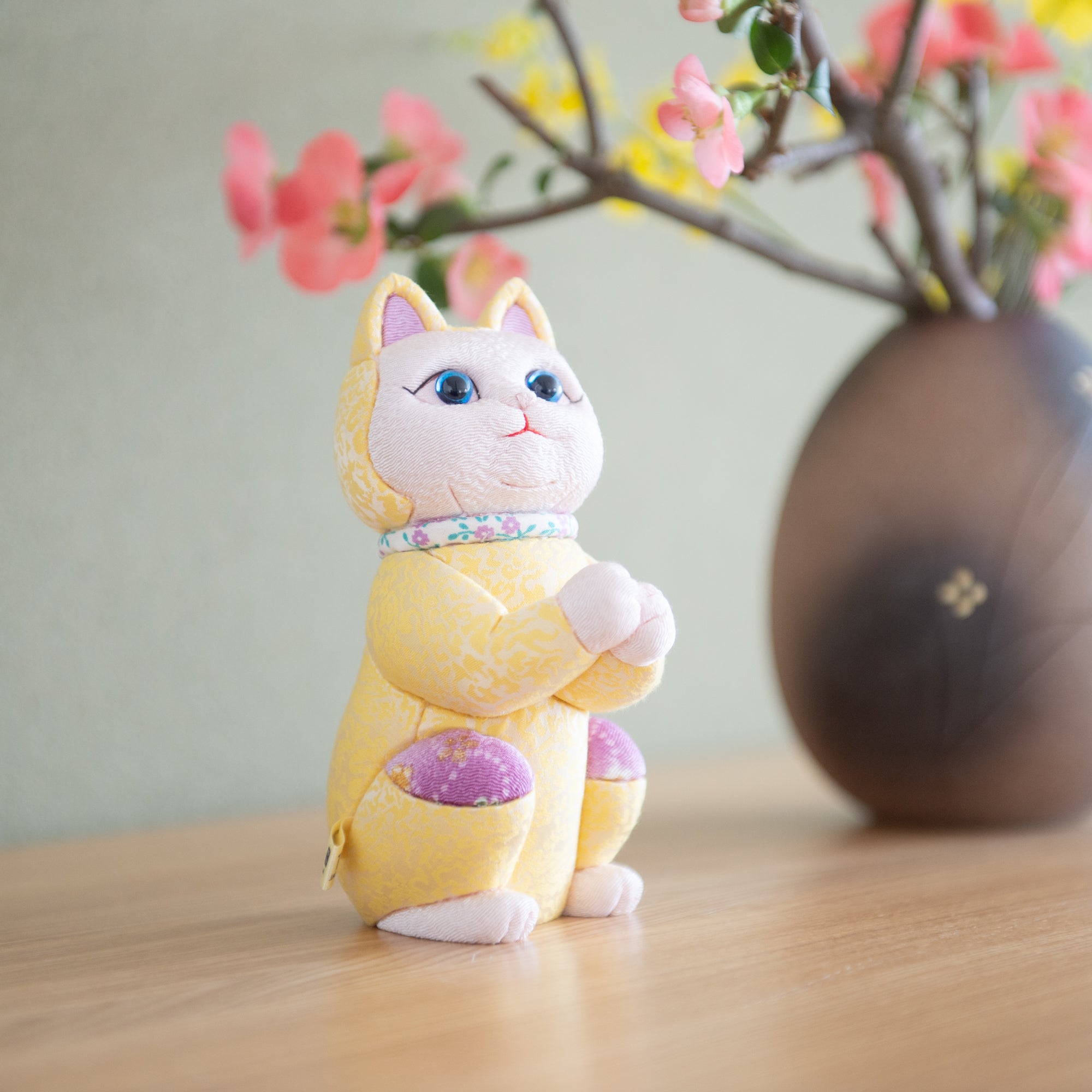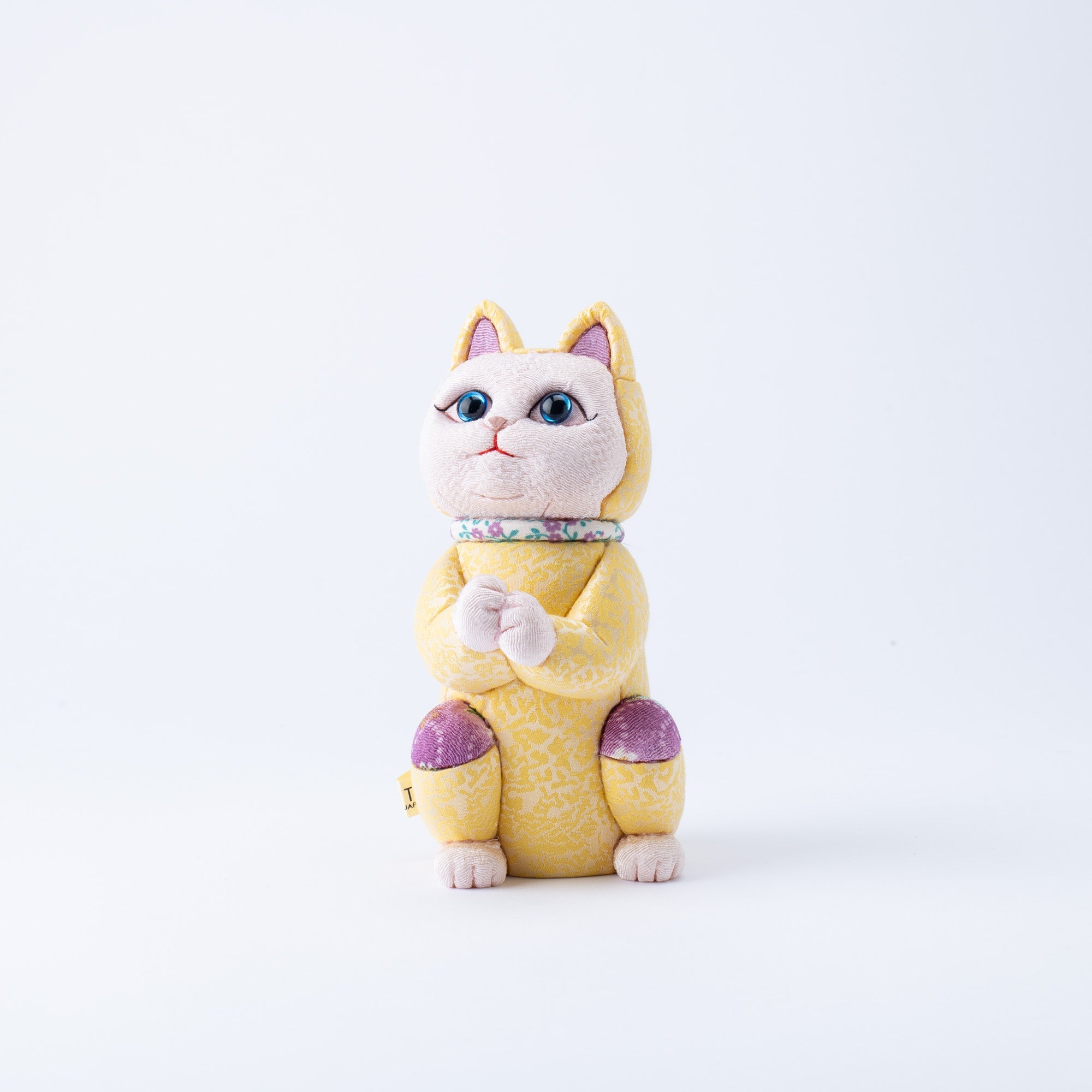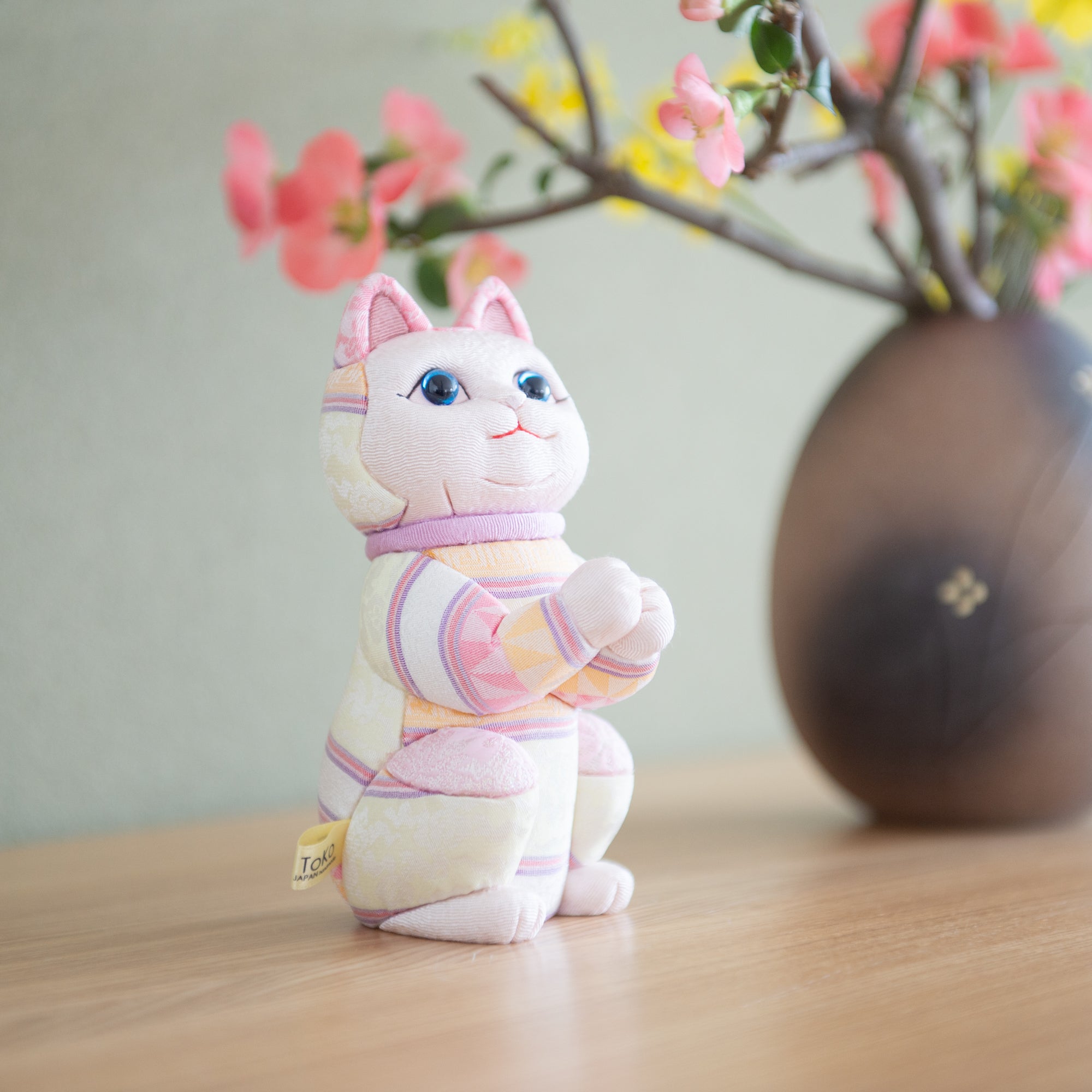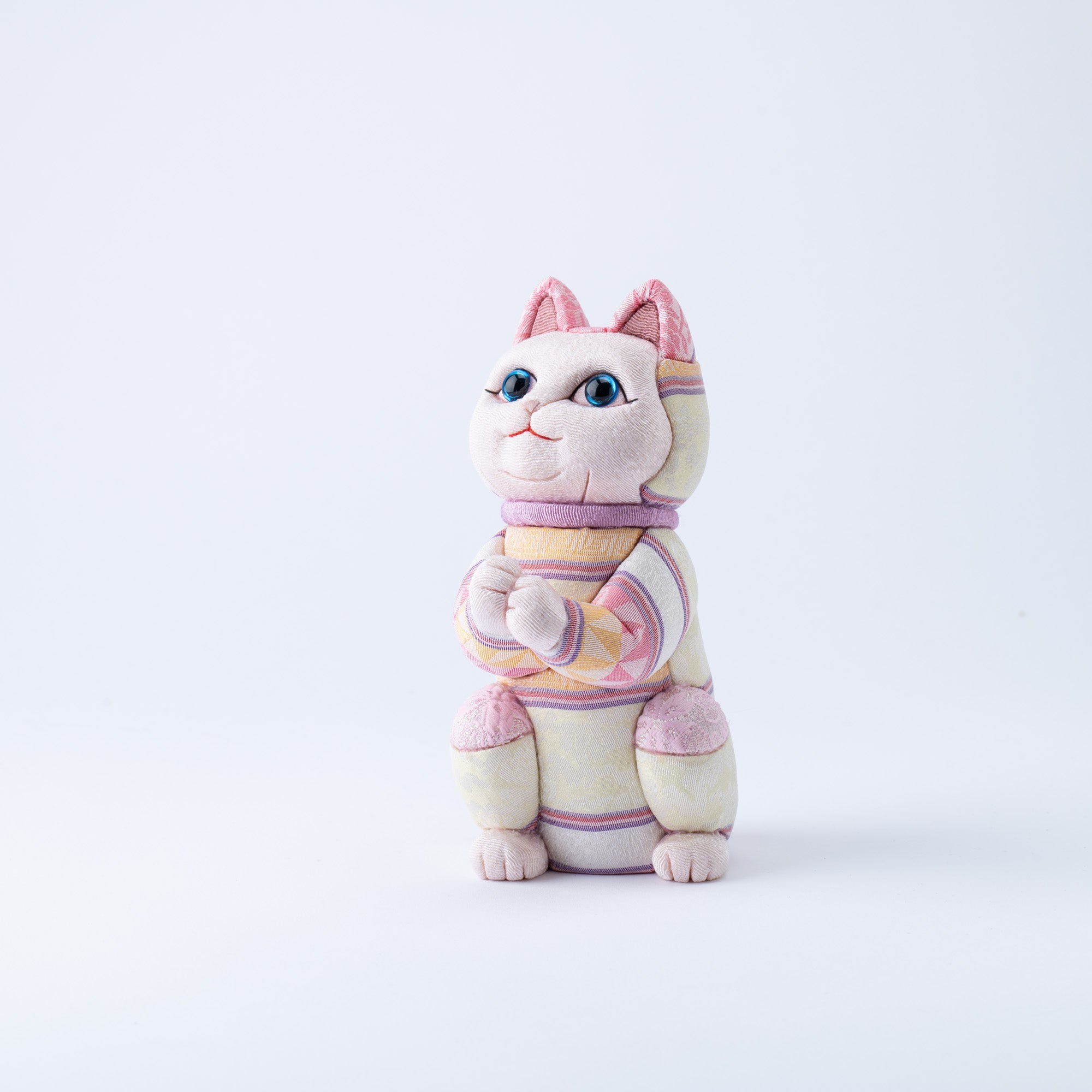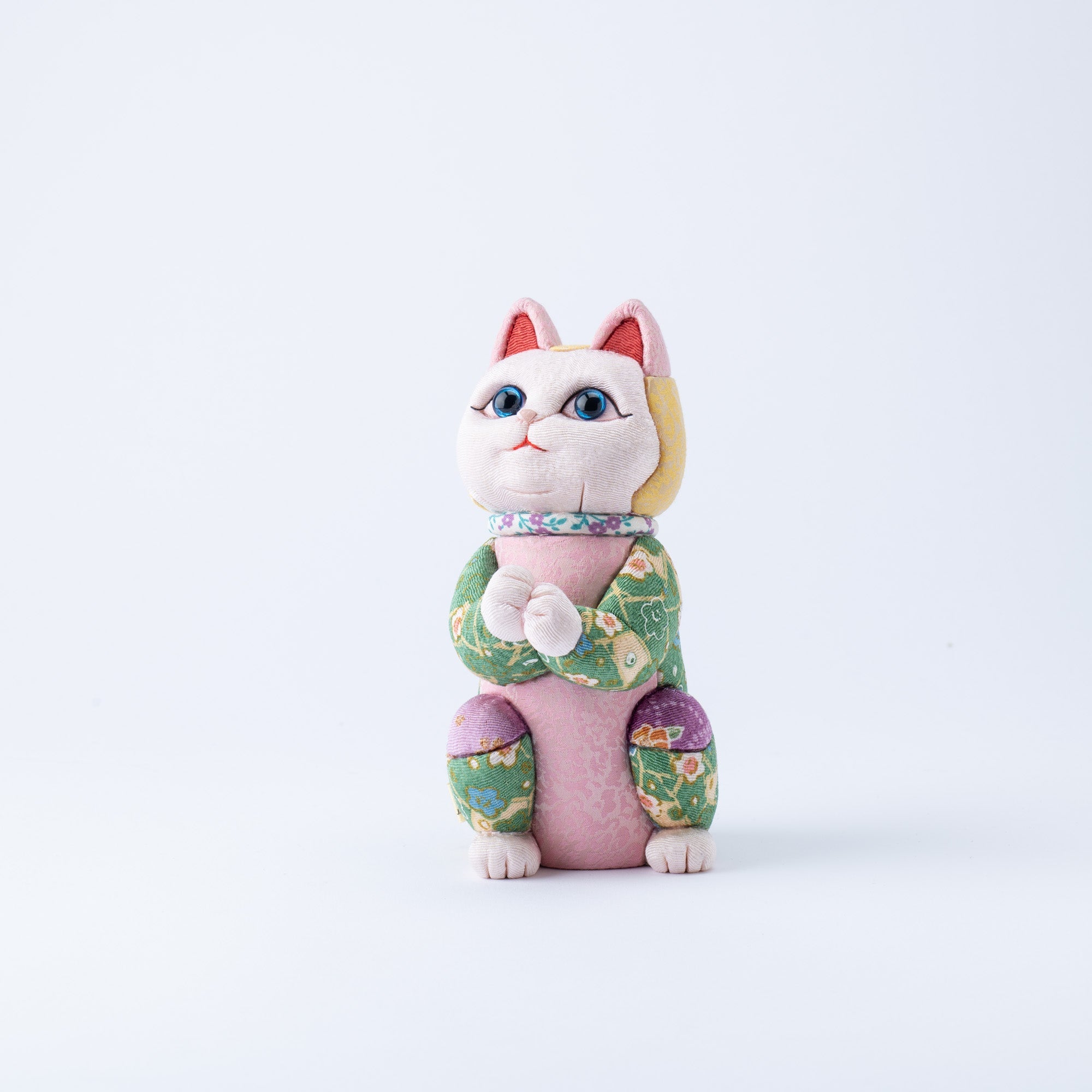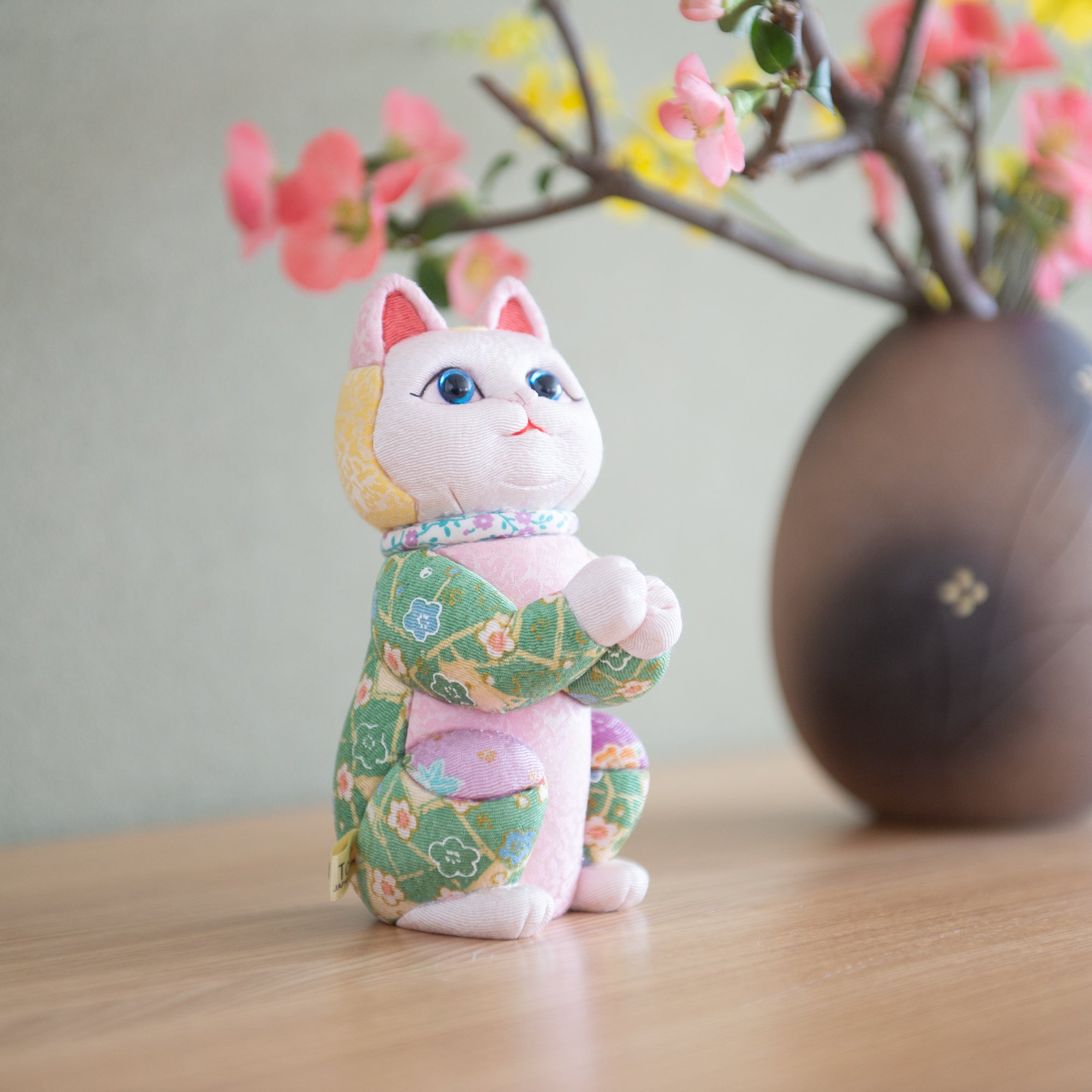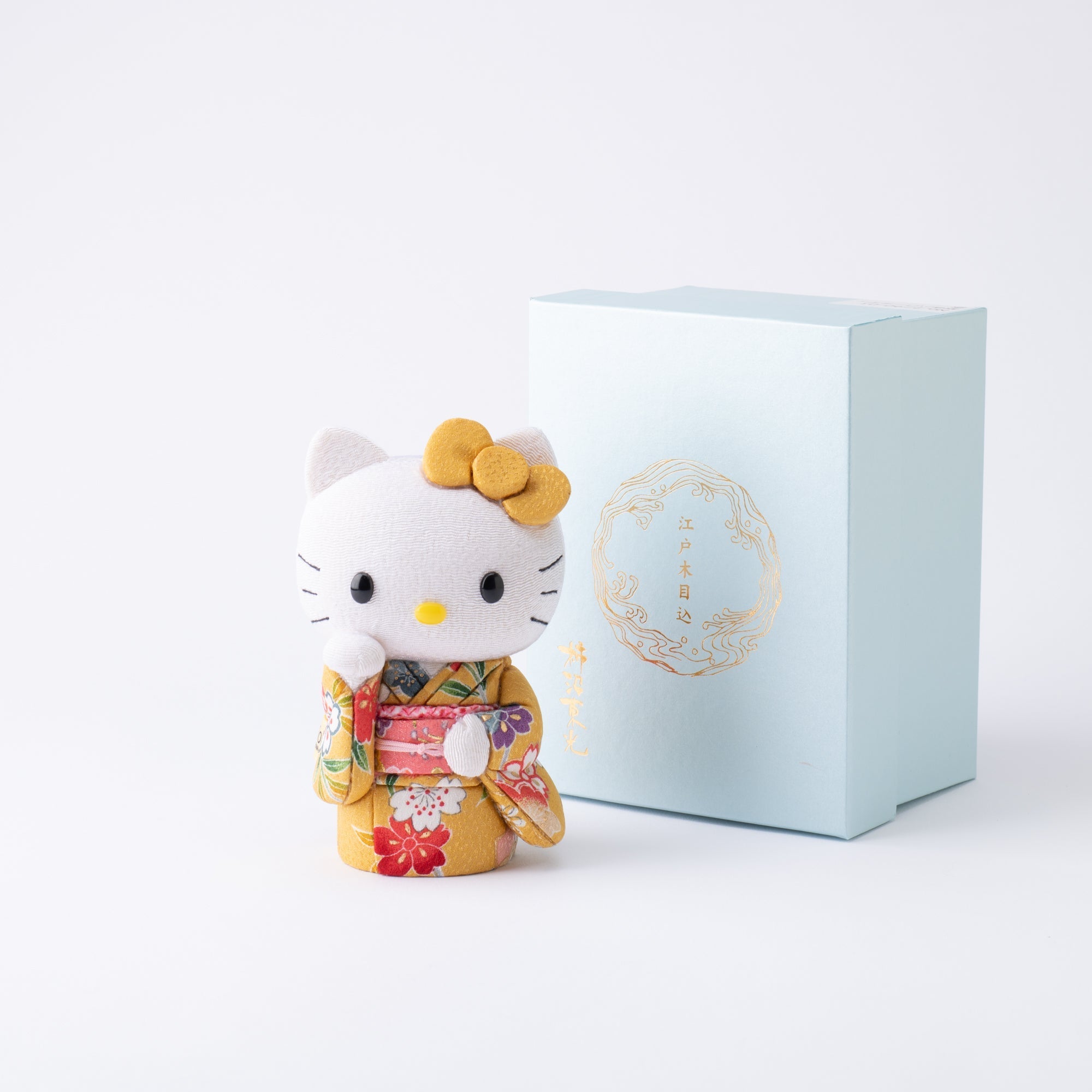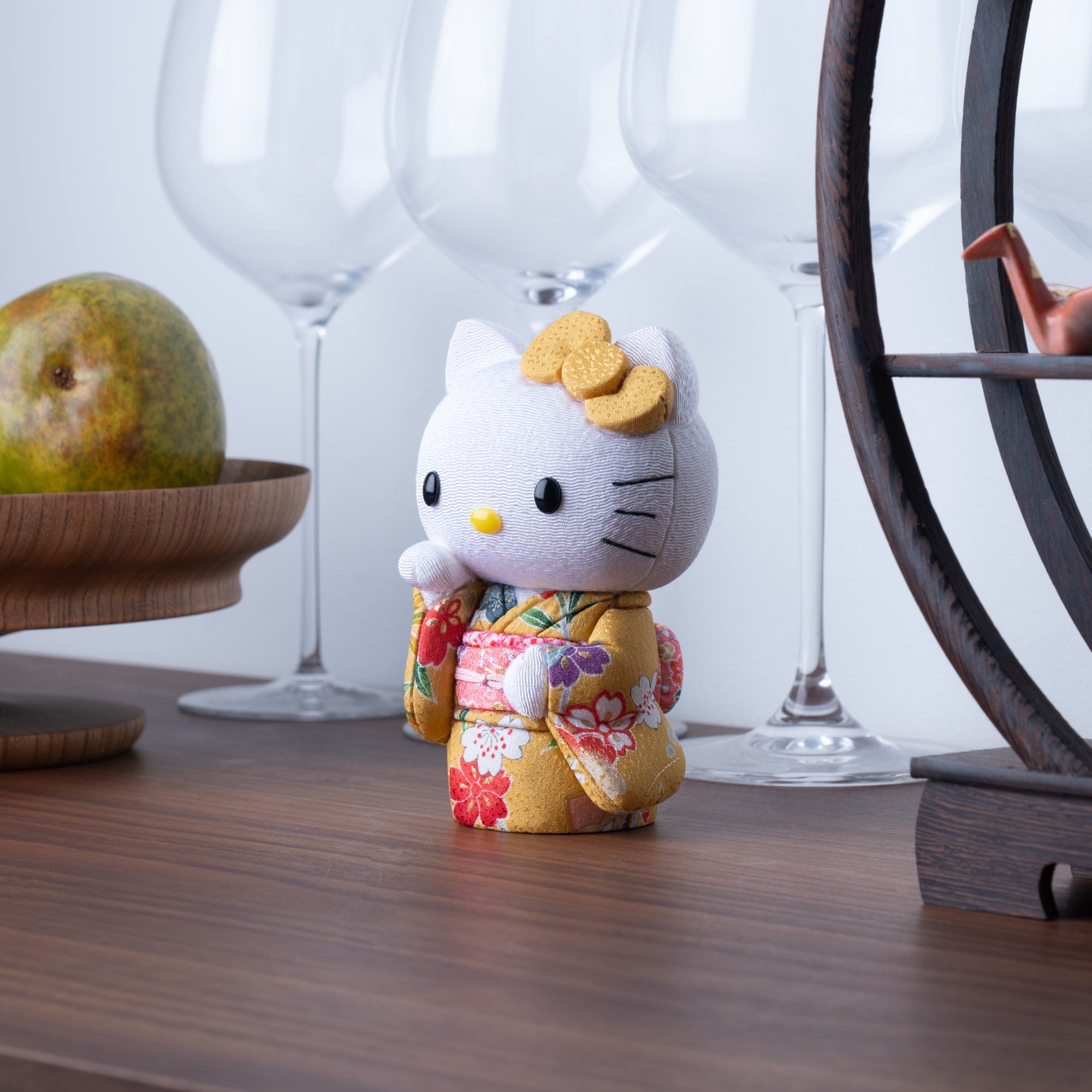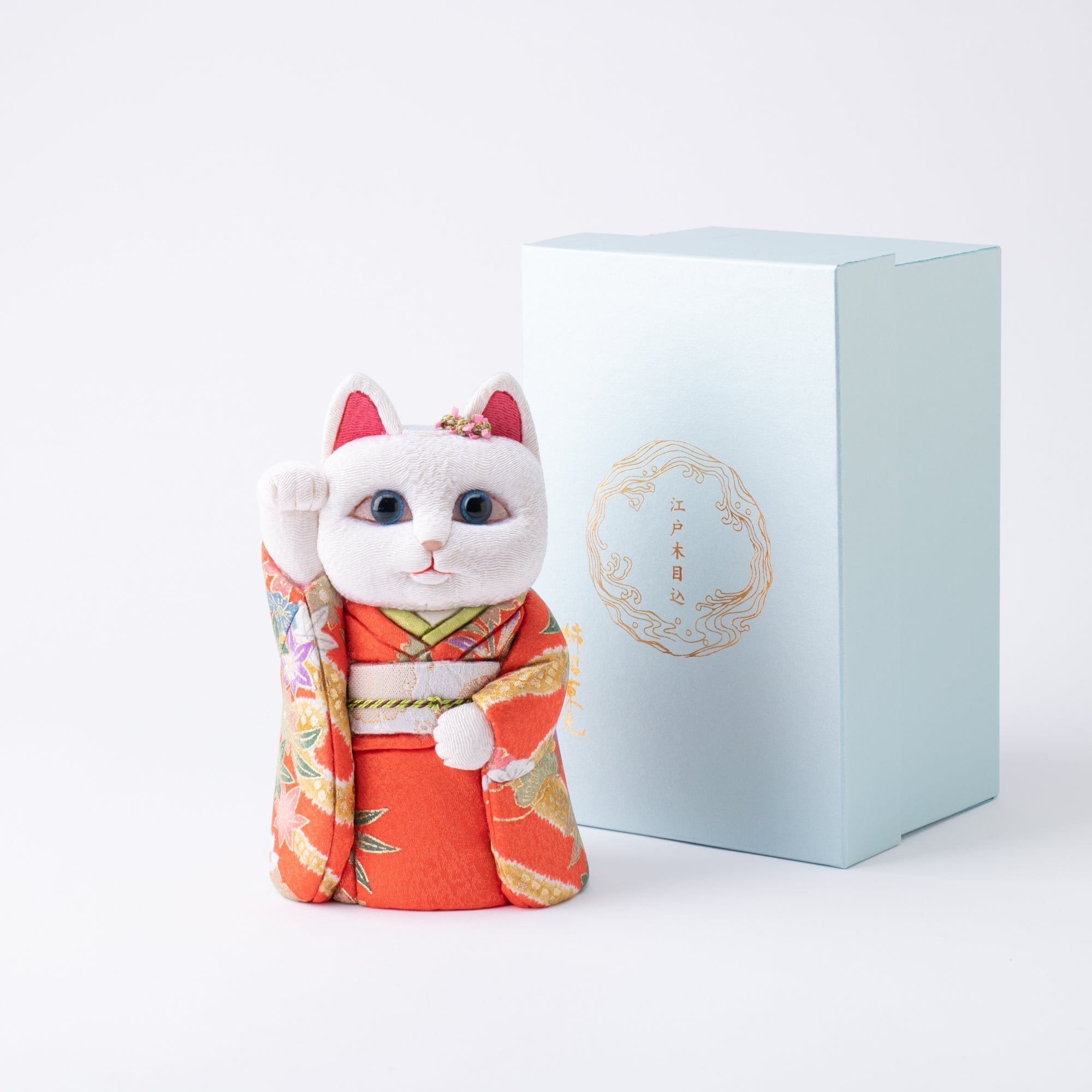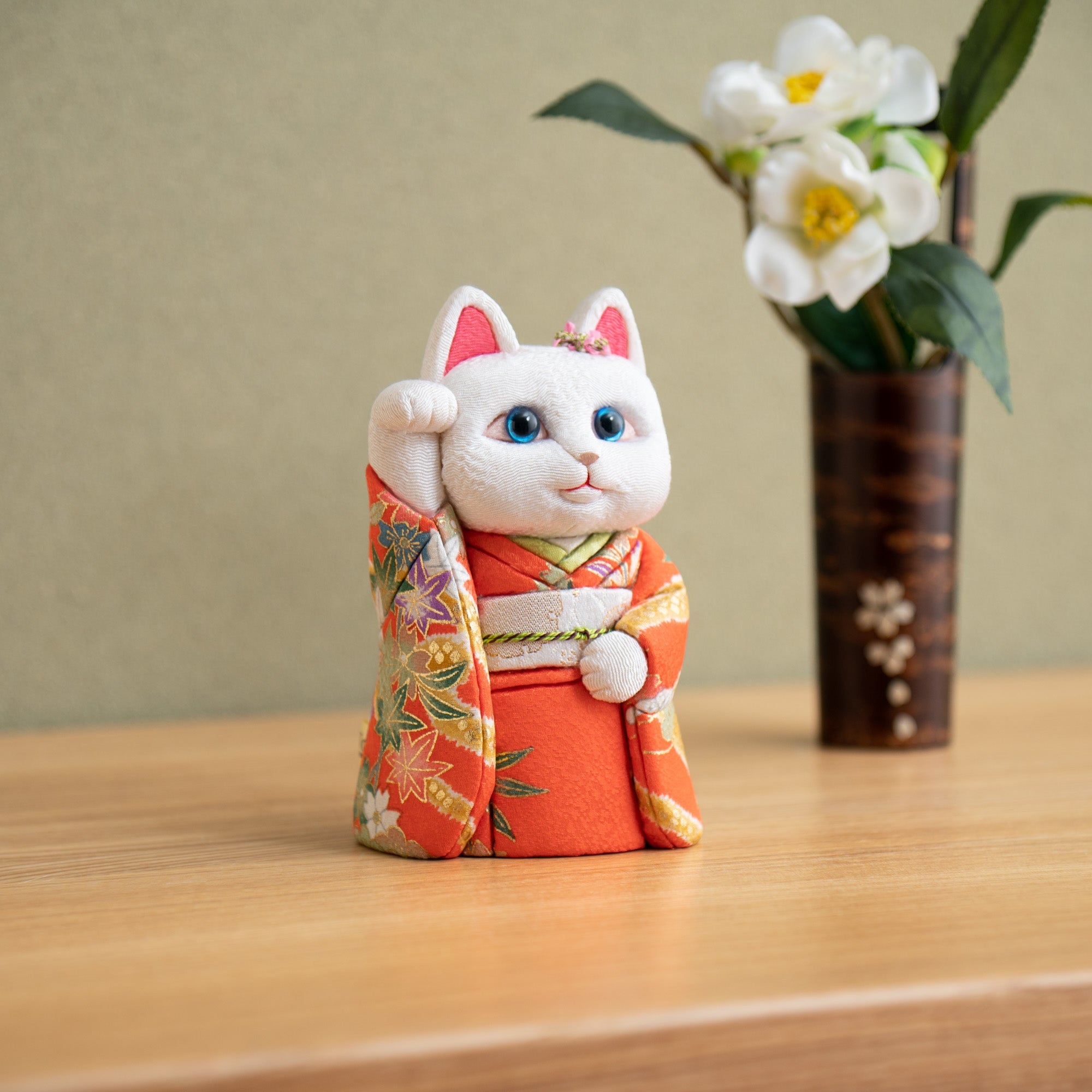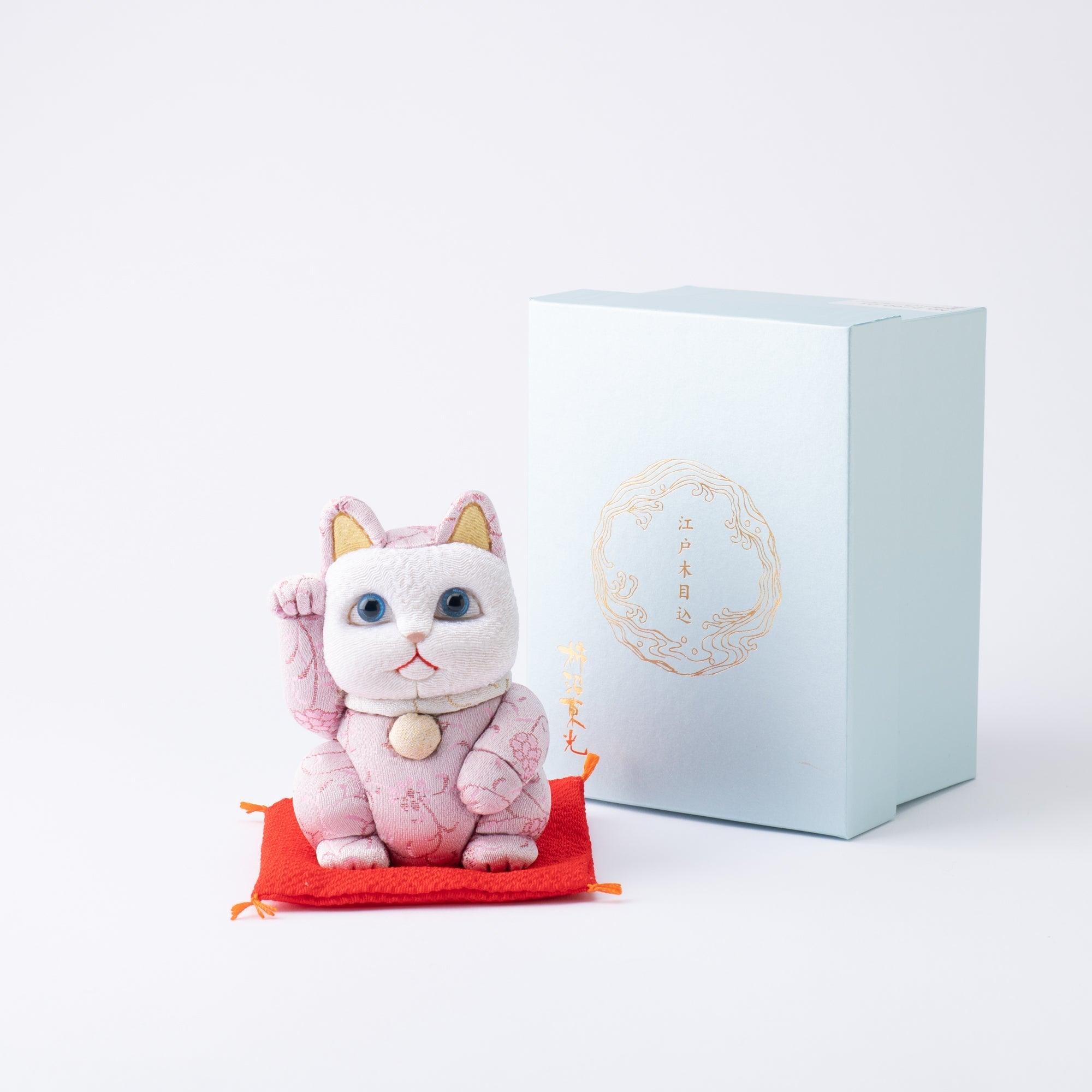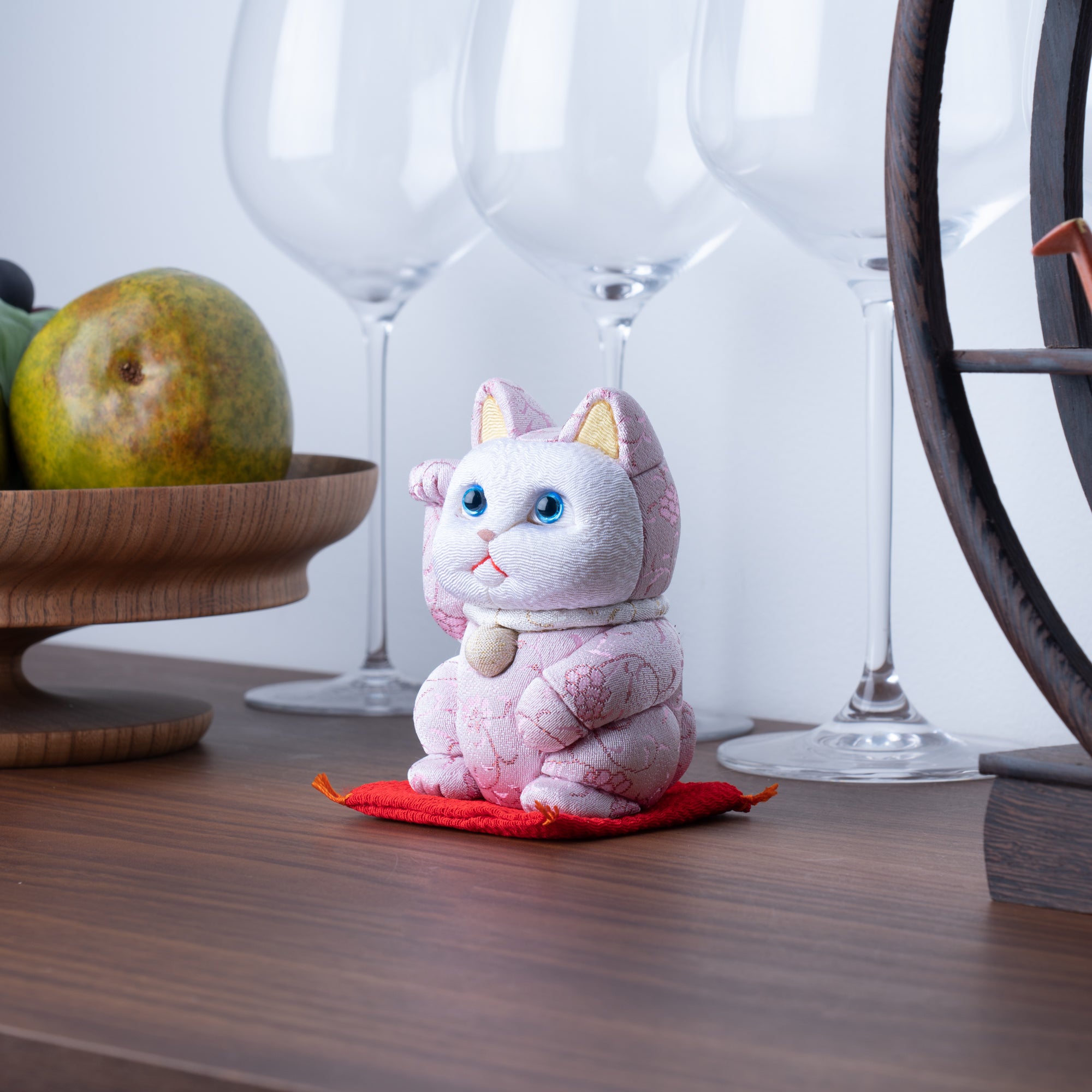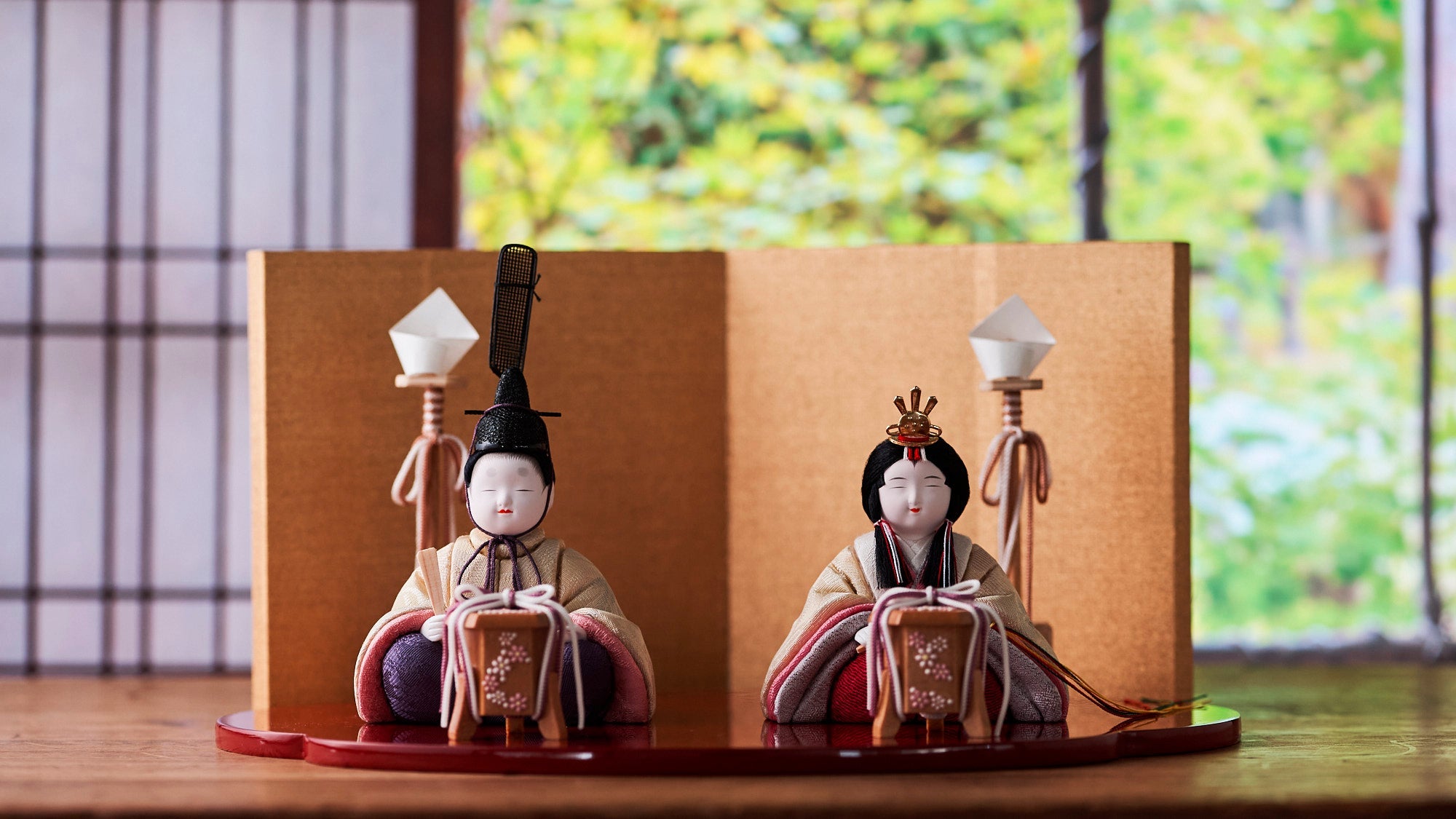
Kakinuma Ningyo
Kakinuma Ningyo, established in 1950, stands as a beacon of excellence in the realm of Edo Kimekomi dolls, a distinguished form of traditional Japanese craftsmanship. From classic hina dolls and Boys' Day dolls to imaginative modern creations like maneki neko (lucky cats) and daruma, each piece seamlessly blends age-old artistry with a touch of contemporary elegance. With a commitment to innovation while honoring tradition, Kakinuma Ningyo continues to create exceptional works that bridge the past and present in Japanese craftsmanship.
The appeal of Kakinuma Ningyo’s creations lies in their carefully selected materials, creative use of shapes and colors, and their ongoing exploration of new styles that blend tradition with modern sensibilities. In addition to the most traditional seasonal dolls, such as hina dolls, their collection features popular characters and motifs like Hello Kitty and maneki neko, offering a diverse and captivating range of dolls. Notably, the lucky cat Kimekomi doll was created to "expand the opportunities for people to have access to Edo Kimekomi dolls" and has garnered significant attention.
All Kimekomi dolls and seasonal decor created by Kakinuma Ningyo are original, traditional masterpieces designed to be cherished for years. Each piece is meticulously handcrafted by skilled artisans, using carefully selected fabrics, innovative costumes, and thoughtfully chosen color schemes. These creations are crafted not only to bring joy and admiration to those who see them but also to embody the essence of traditional Japanese craftsmanship.
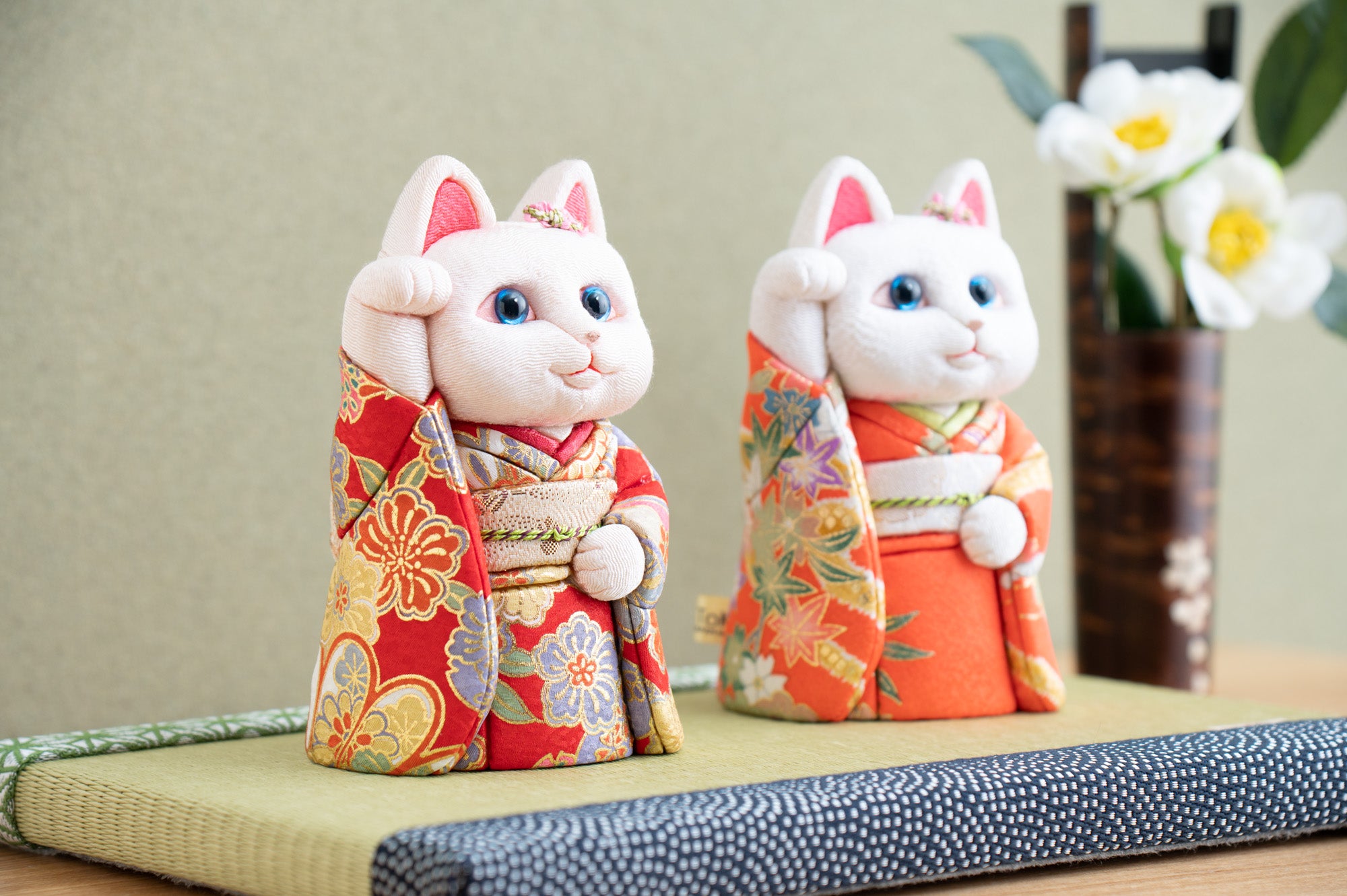
Kimekomi dolls are believed to have originated around 270 years ago, from 1736 to 1741, when carved wooden dolls were made in Kyoto using surplus materials from ritual equipment for shrines, dressed in scraps of shrine garments. This laid the foundation for the refined technique used in creating Edo Kimekomi dolls today.
Edo Kimekomi dolls are crafted through a precise process, where fabric is nestled into grooves carved in a base form. This technique, known as kimekomi (to insert snugly), involves several phases: prototype development, fabric insertion, head attachment for figurative dolls, painting, and finishing touches. The dolls are made using carefully selected Nishijin Ori brocade from Kyoto, chosen to match each design concept.
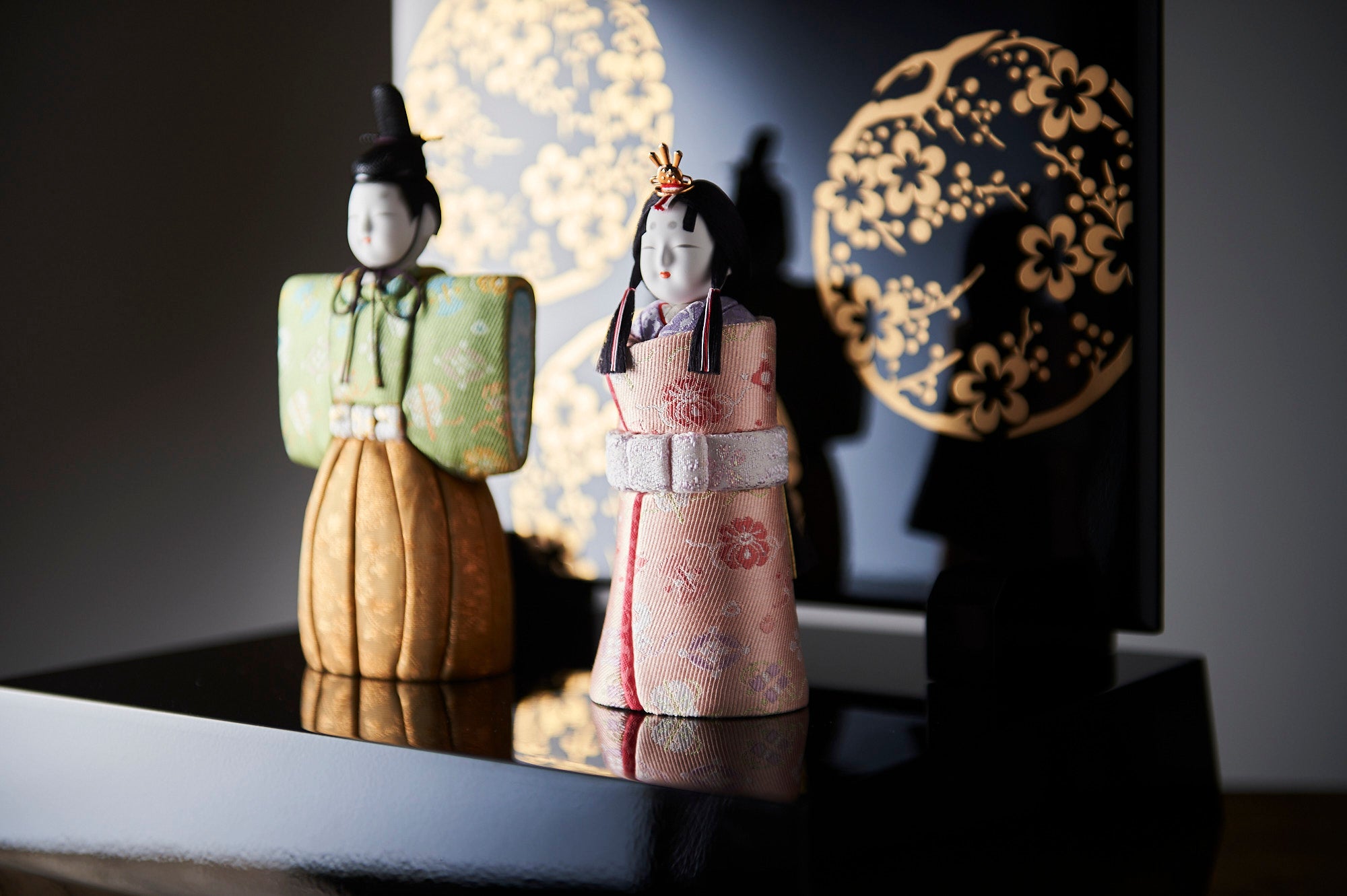
Related posts
Filters


